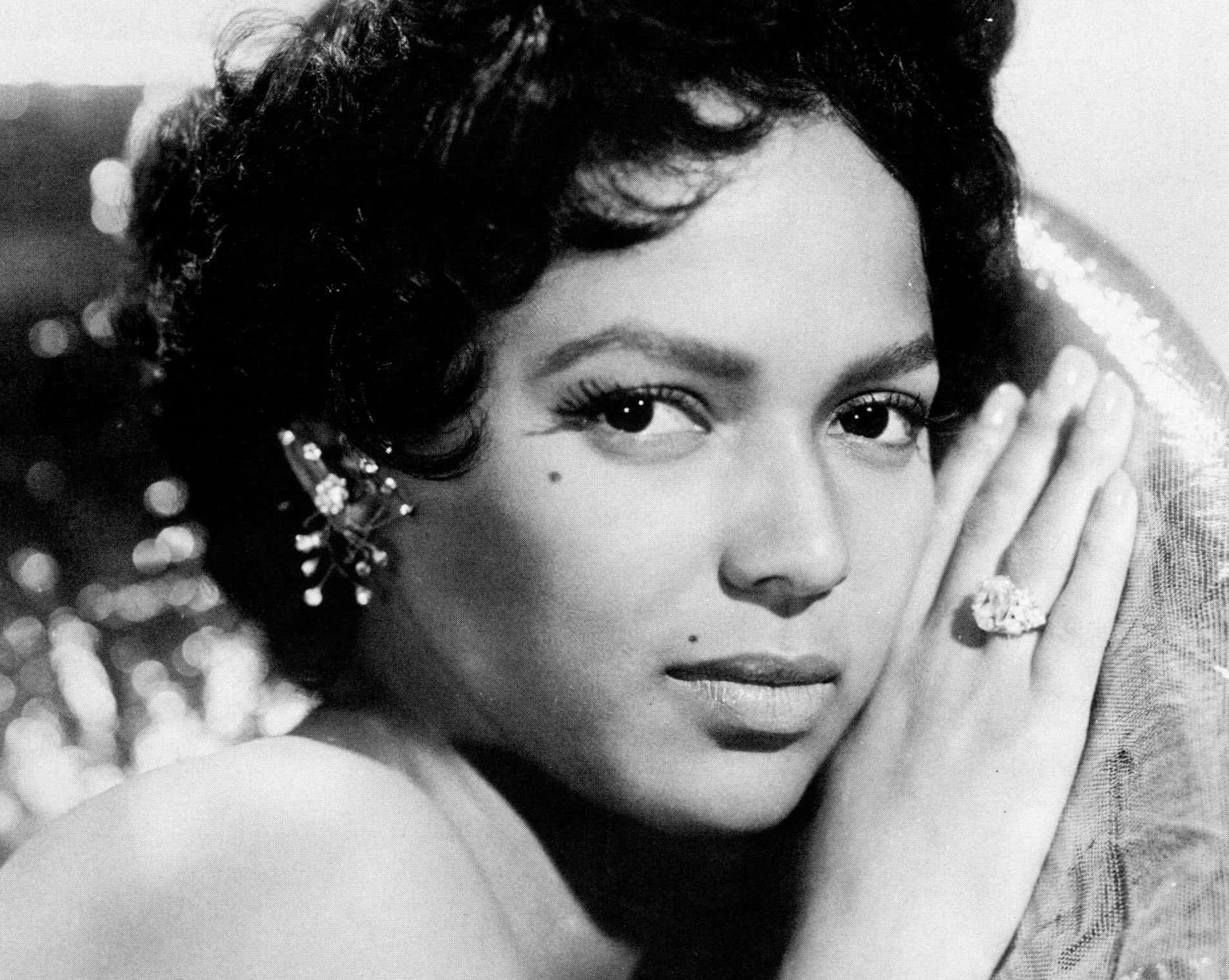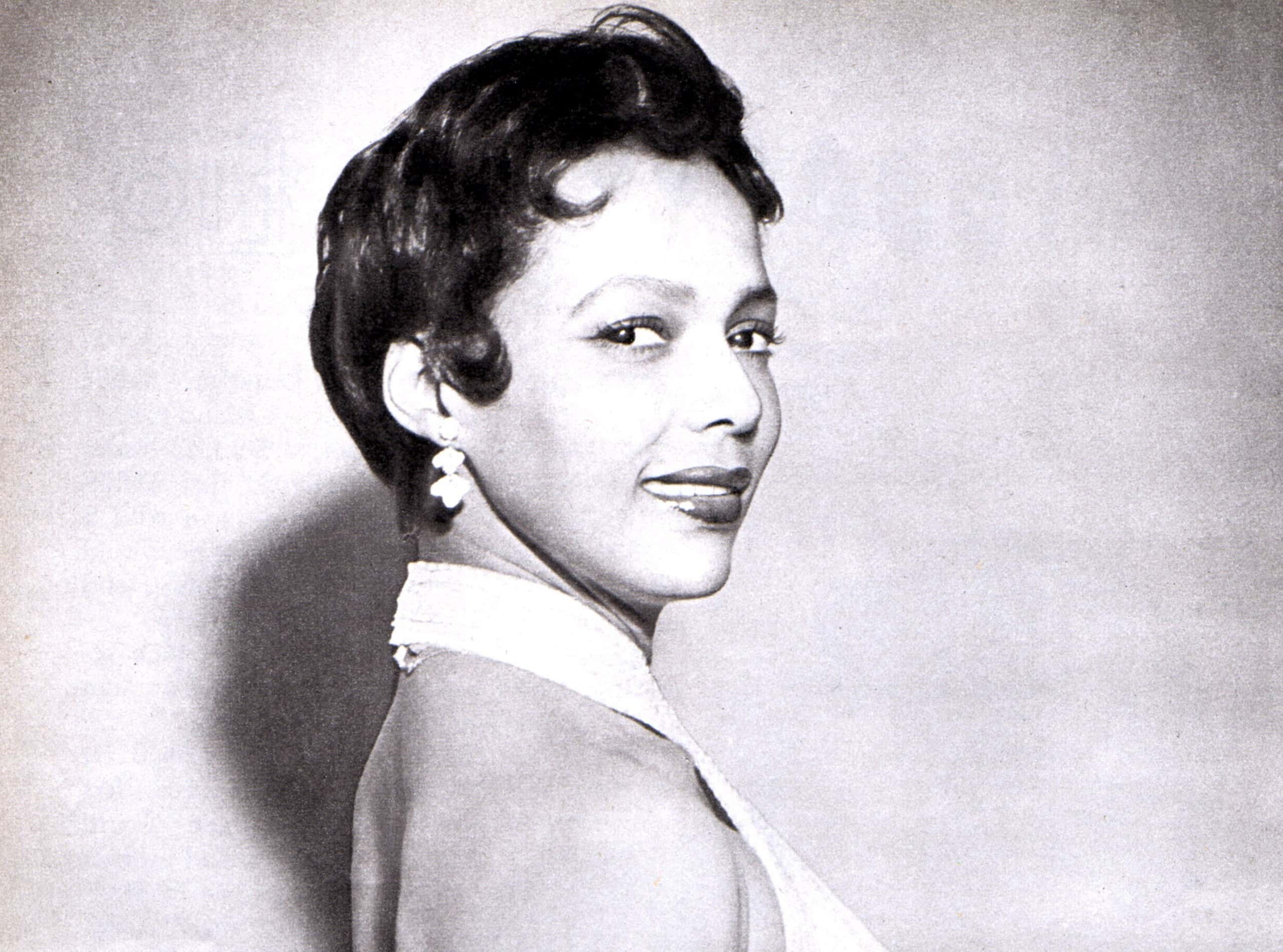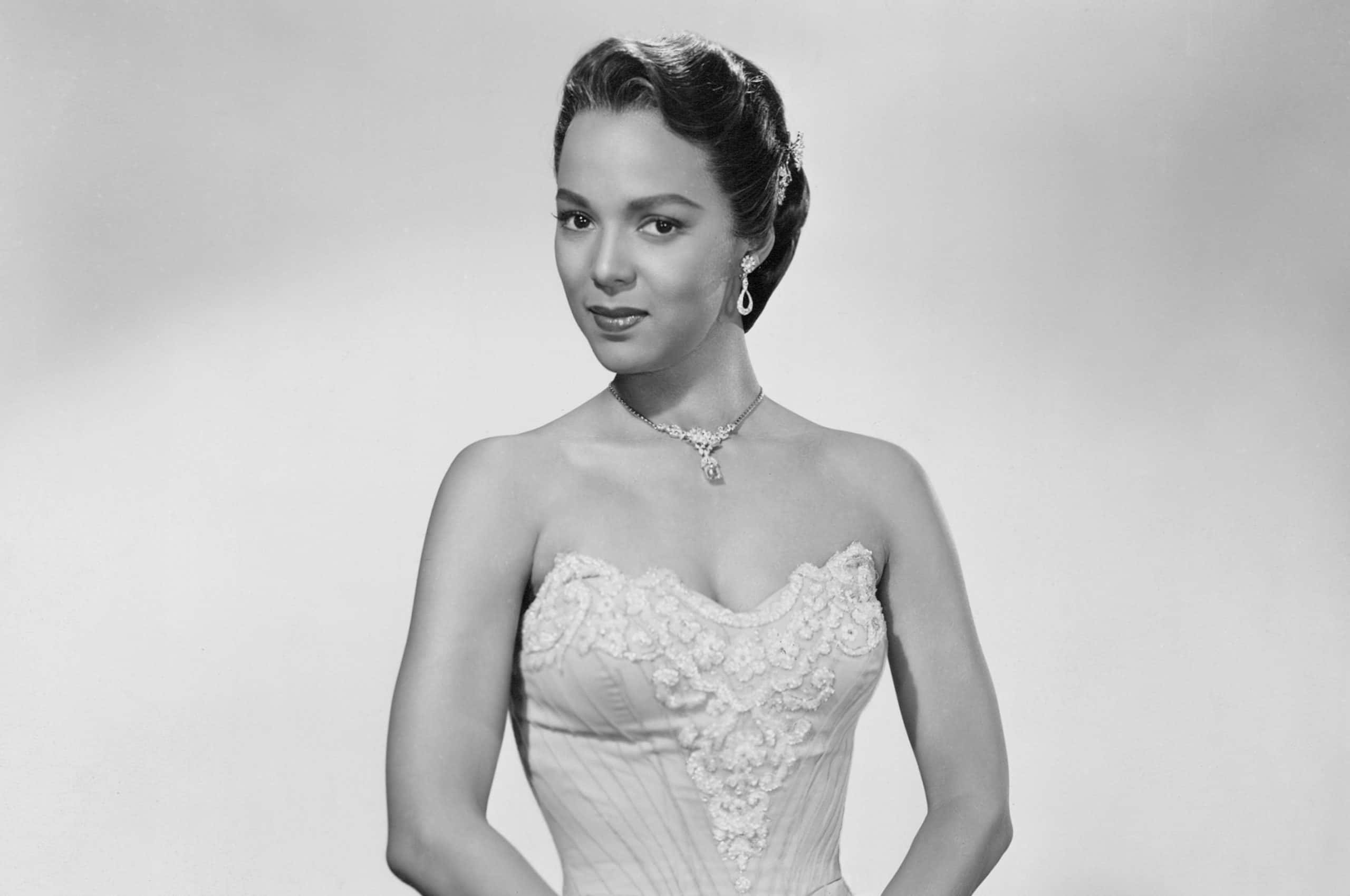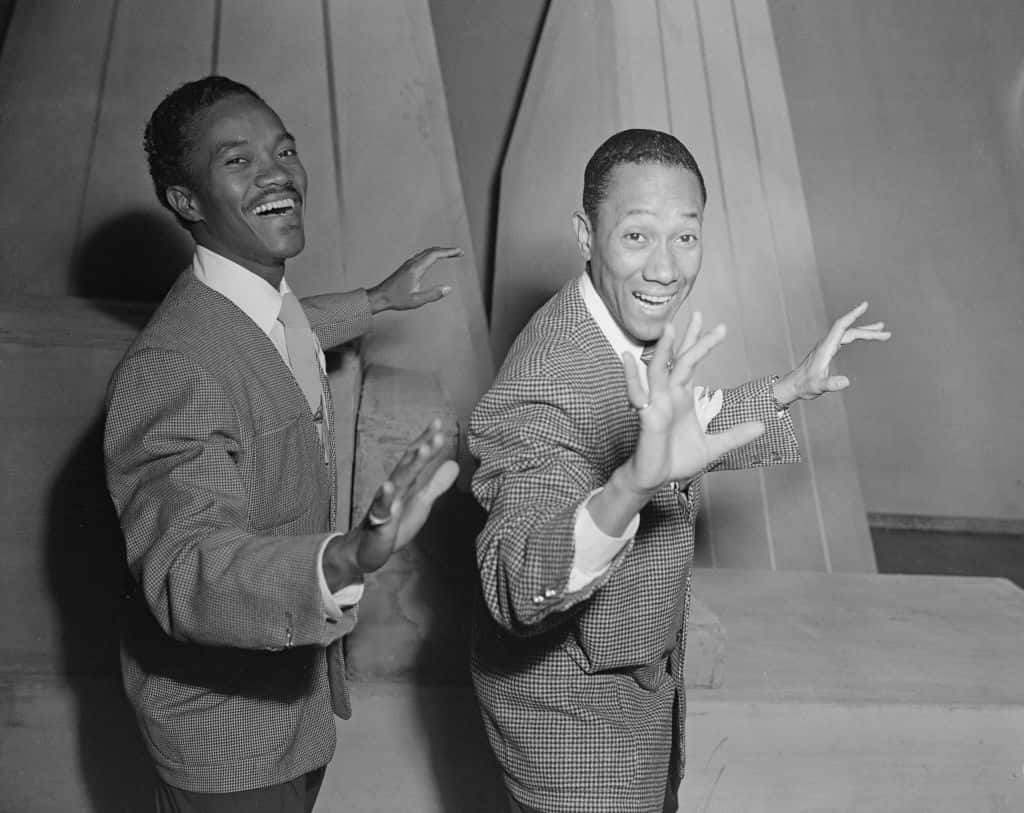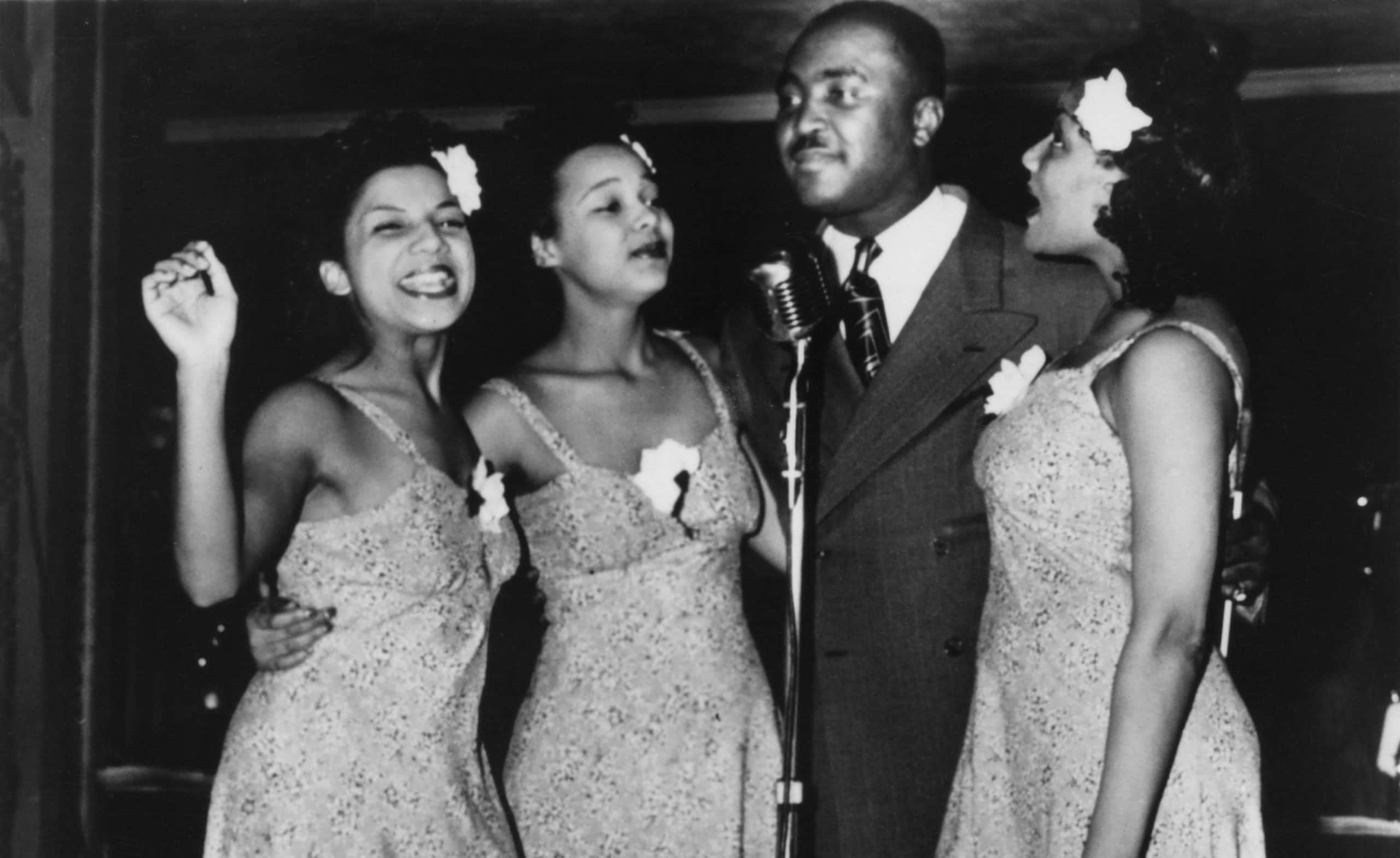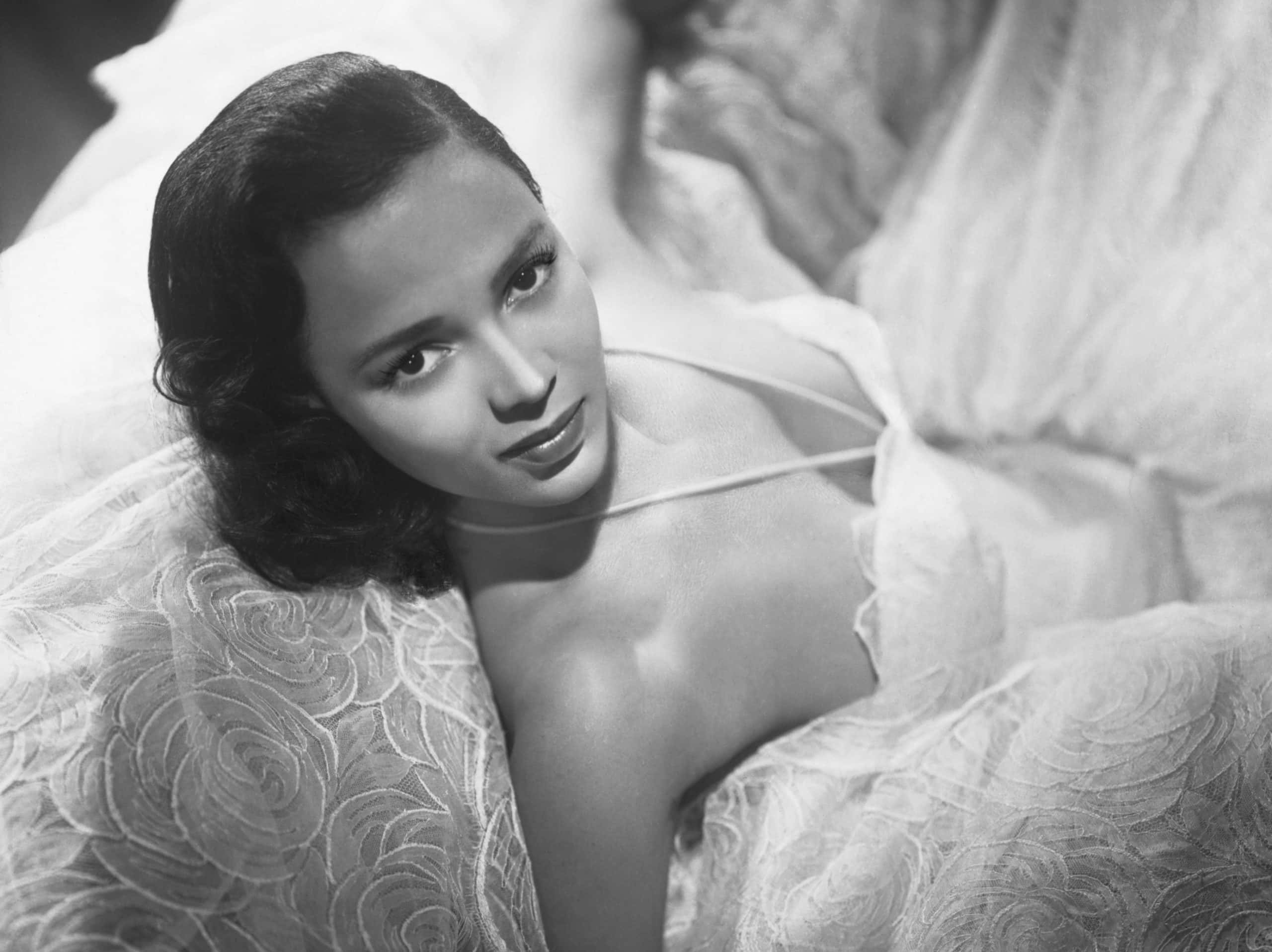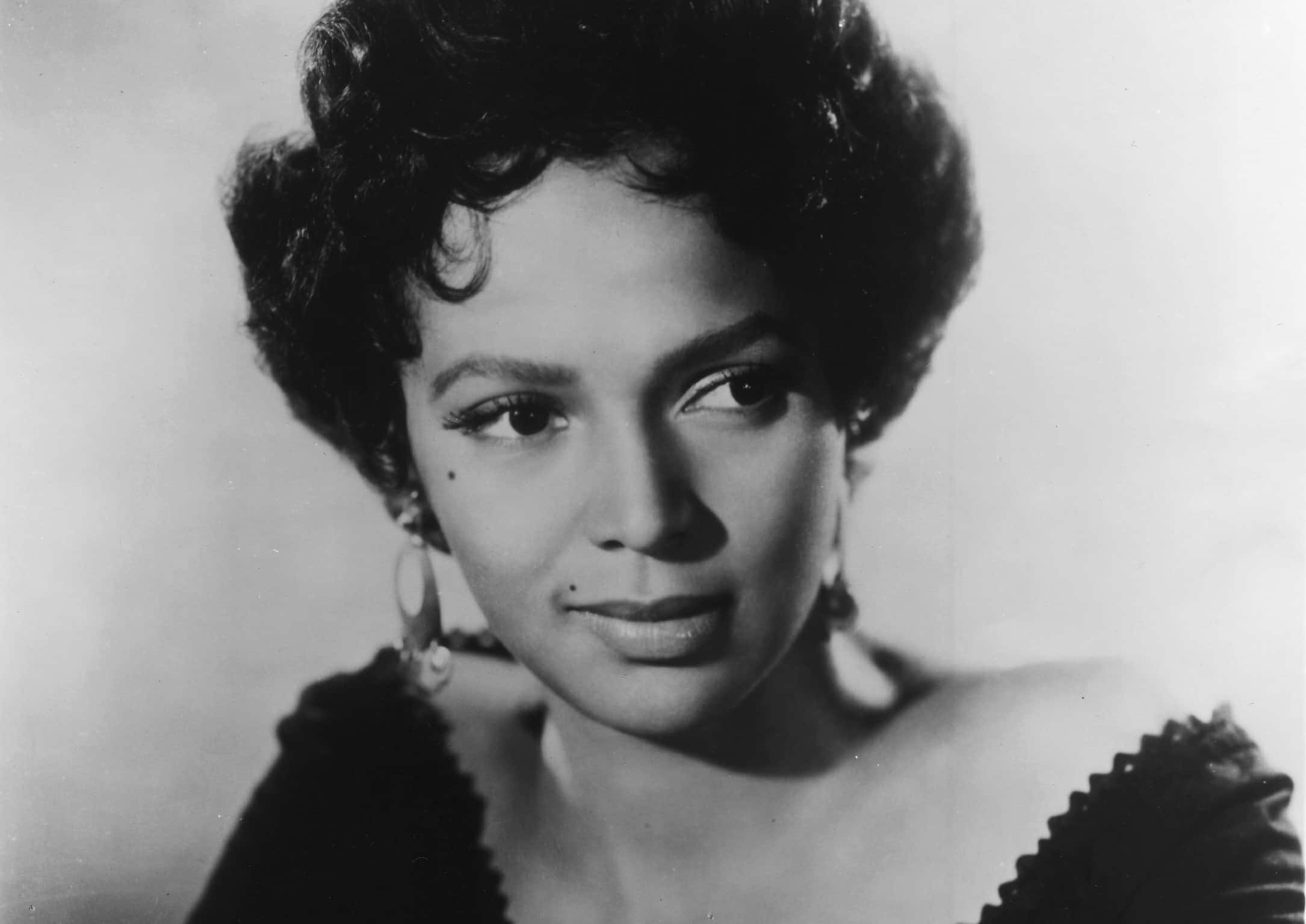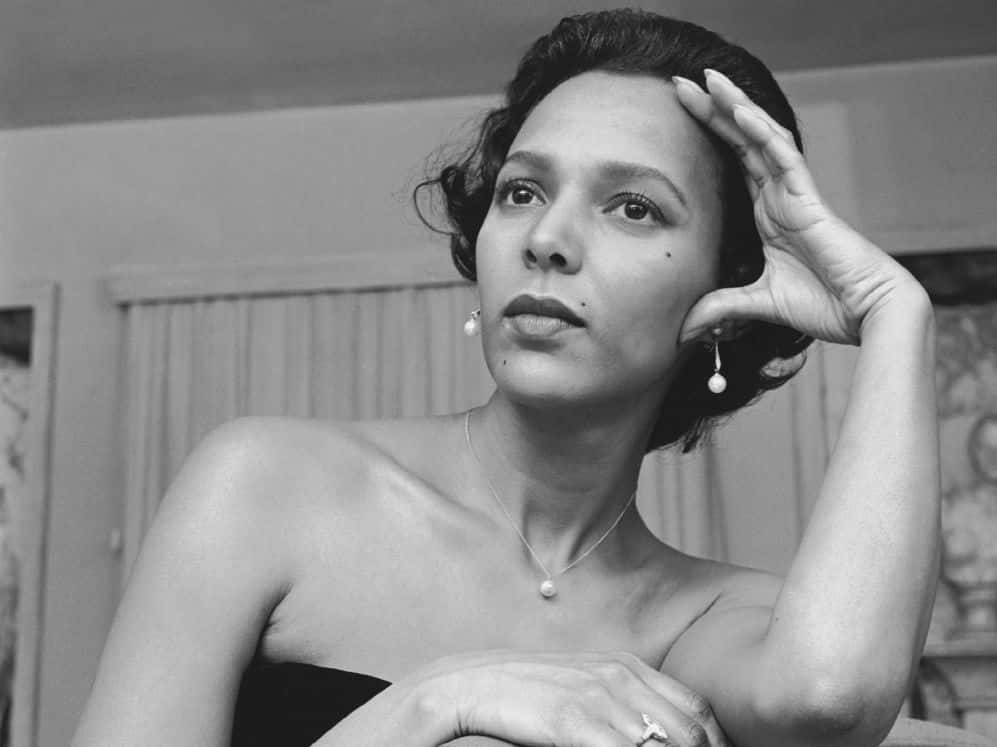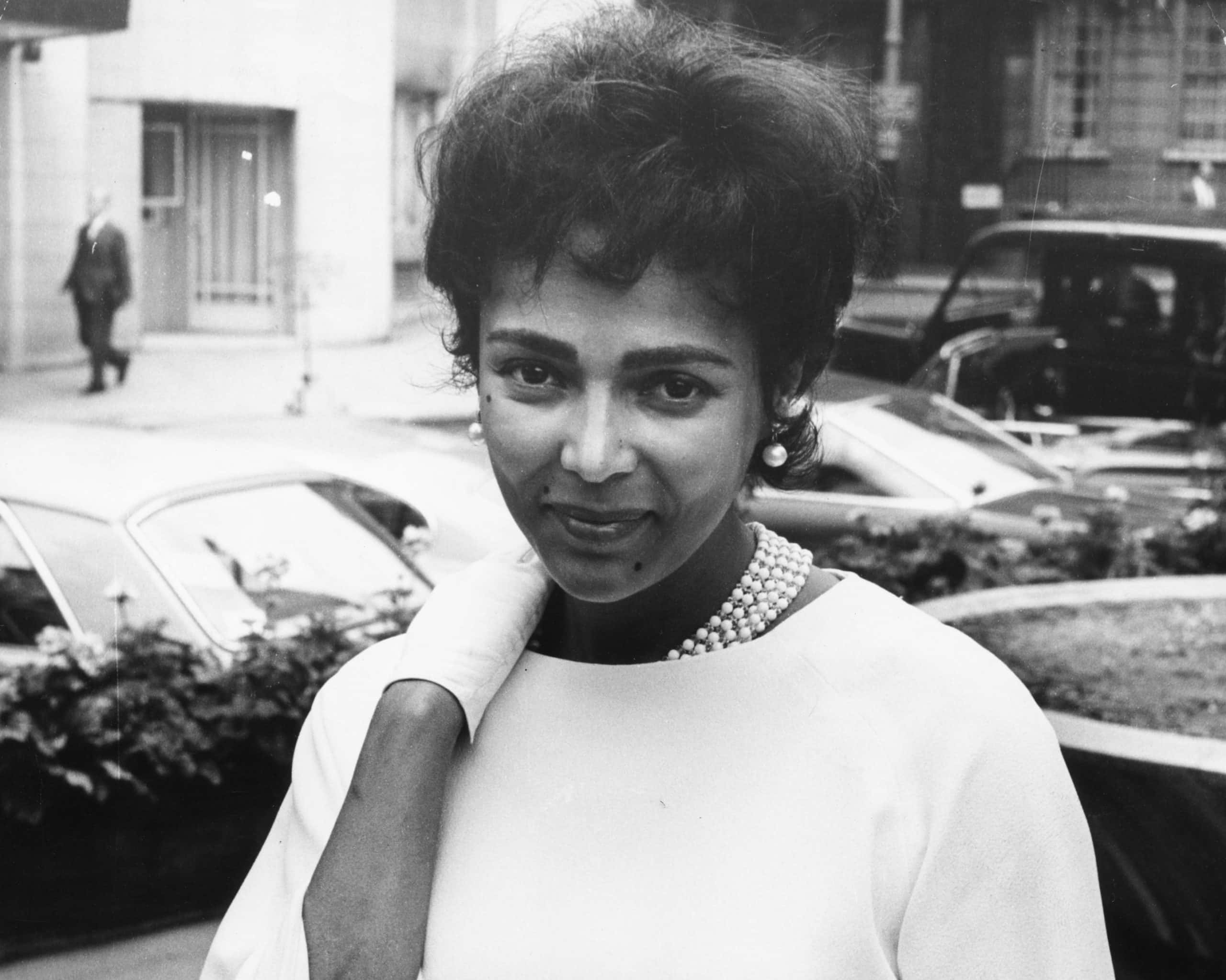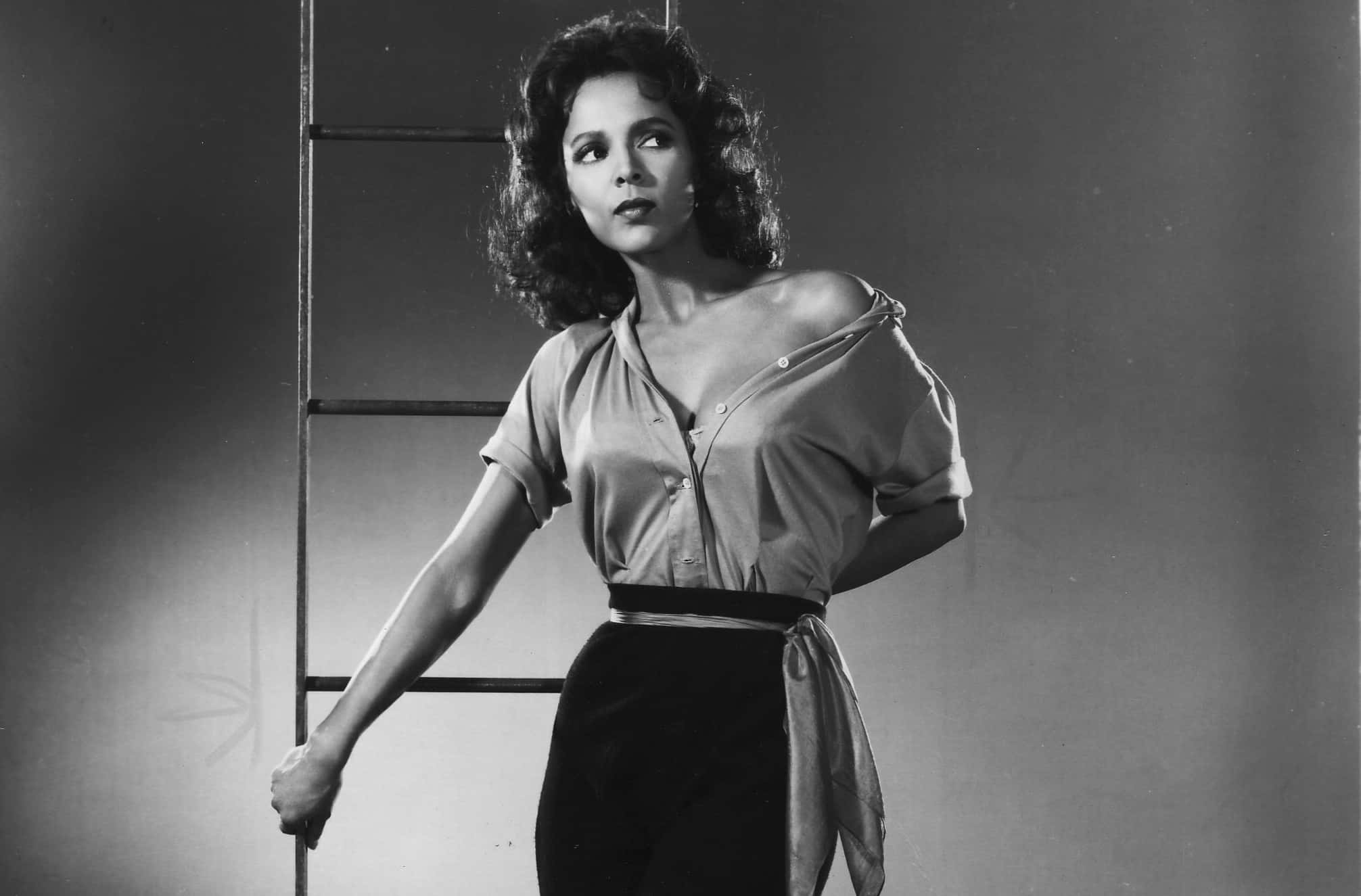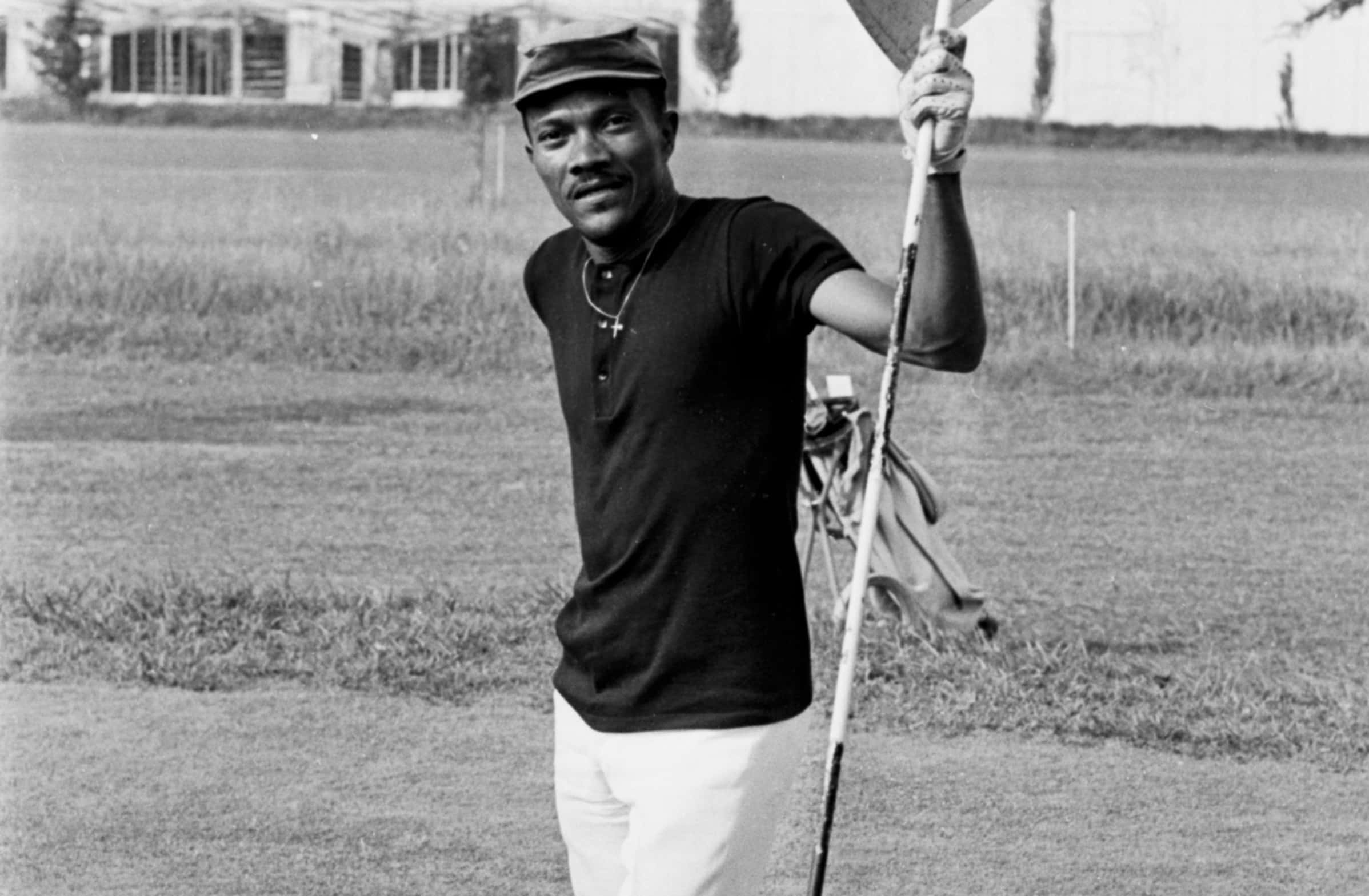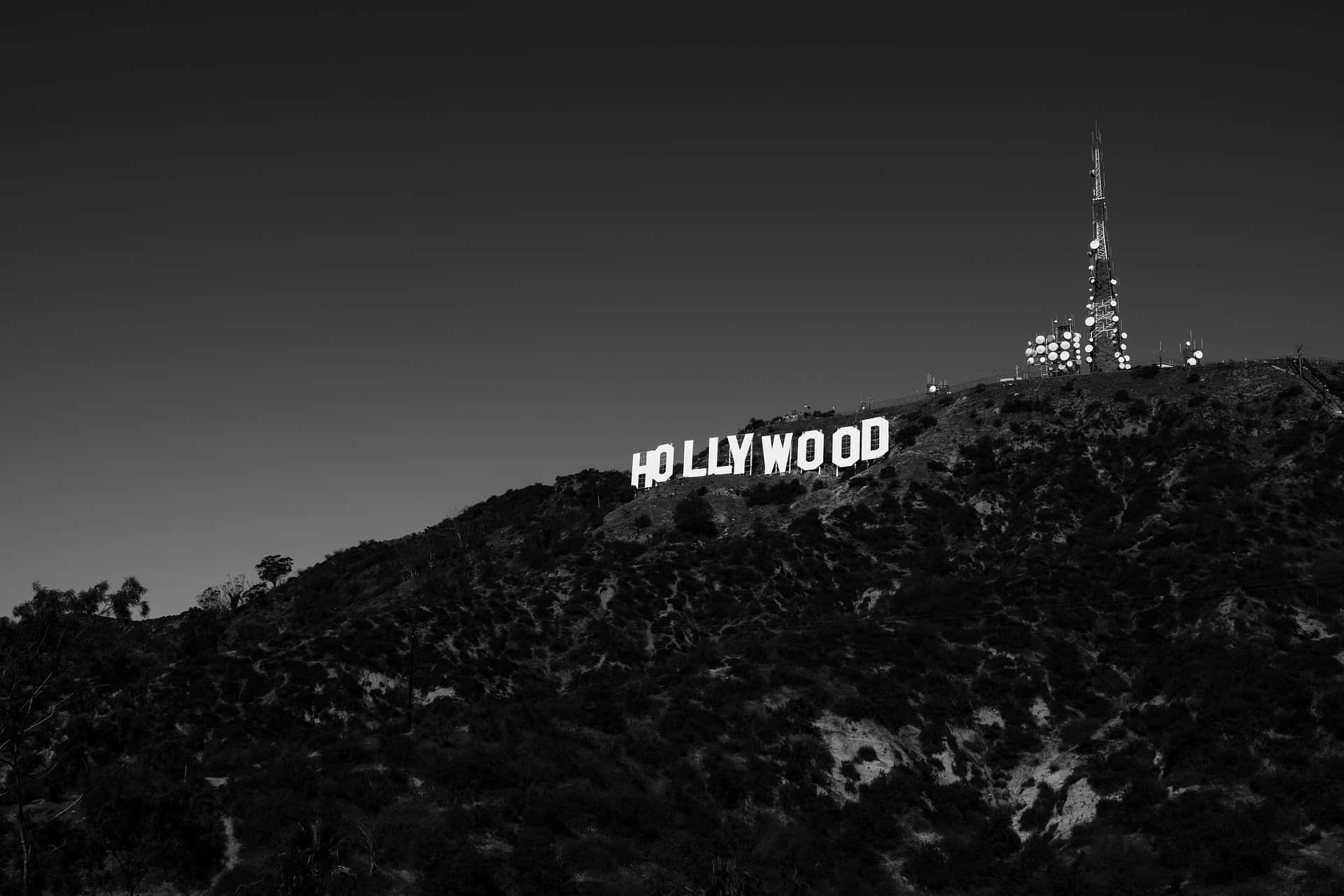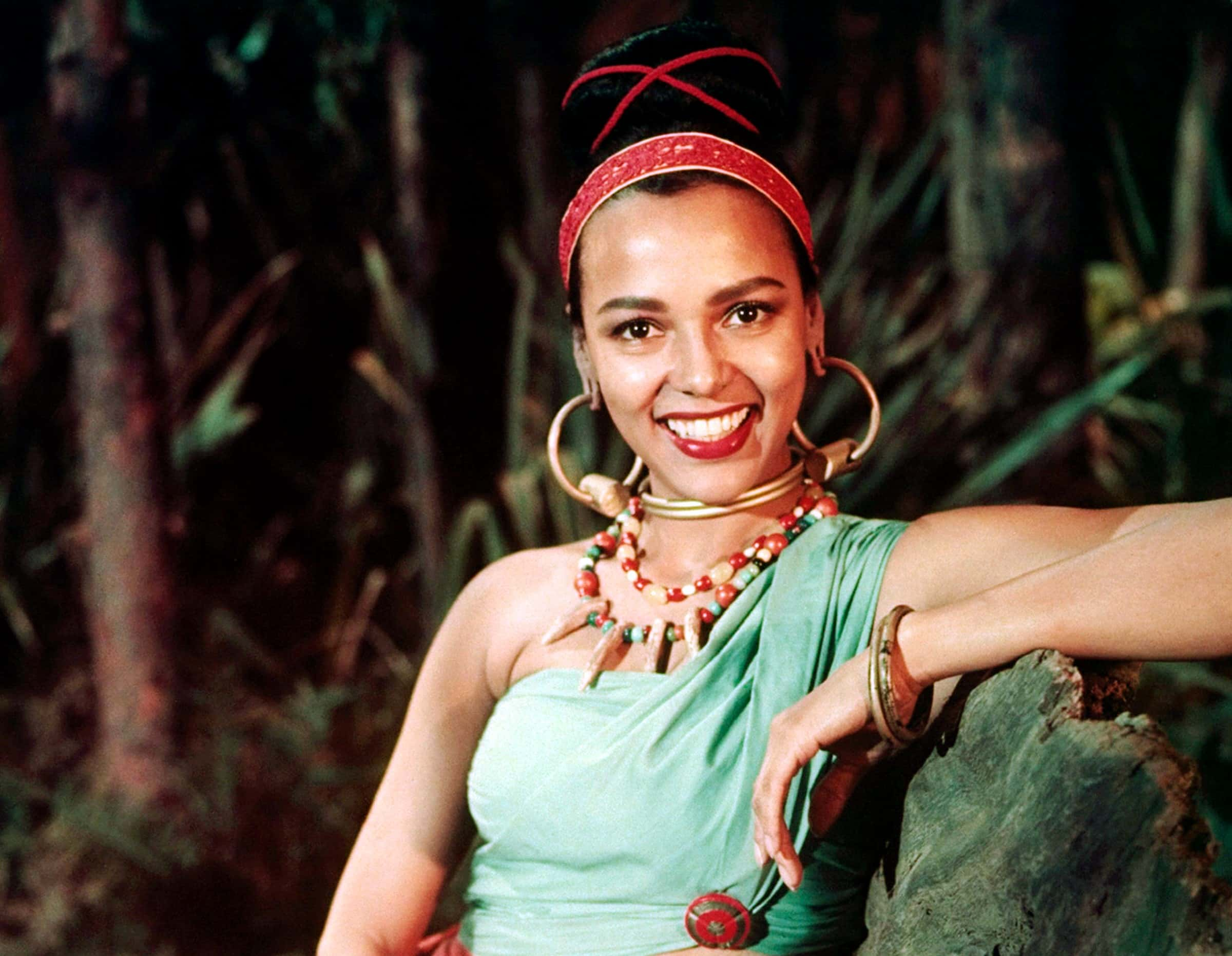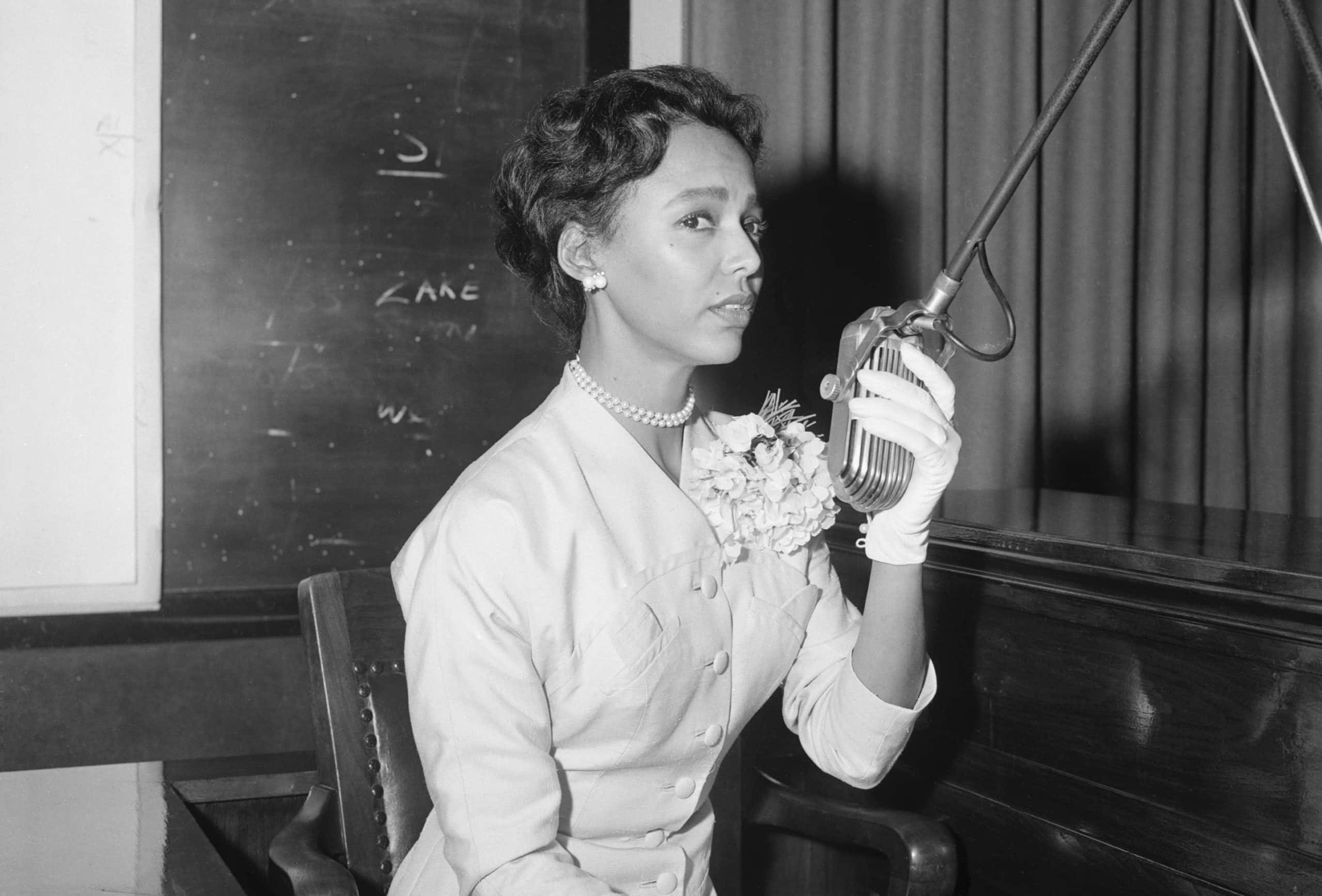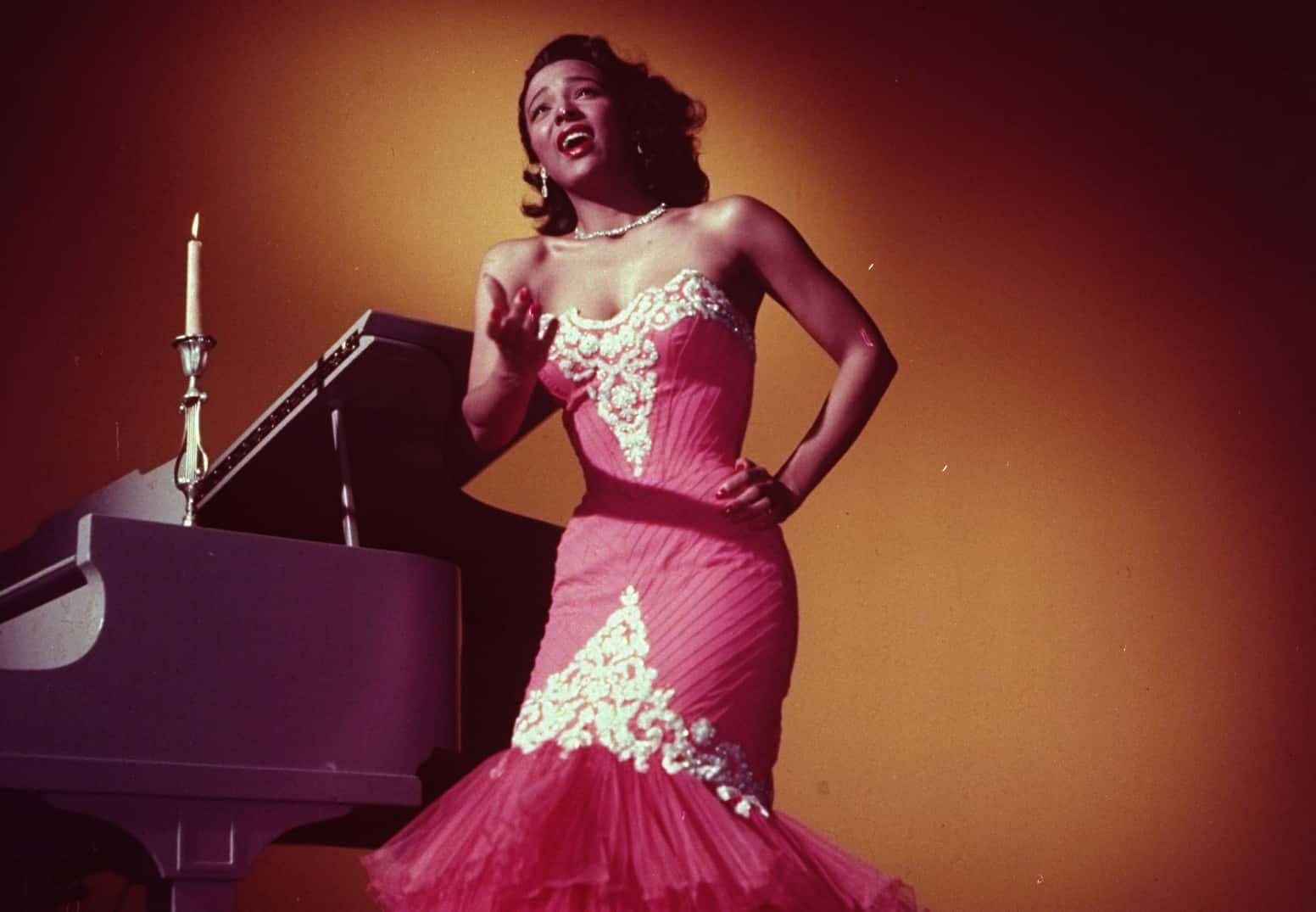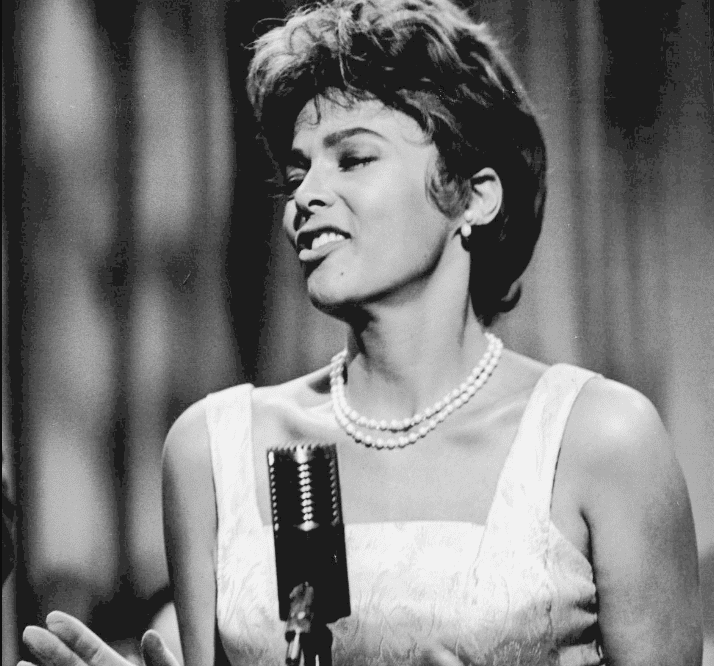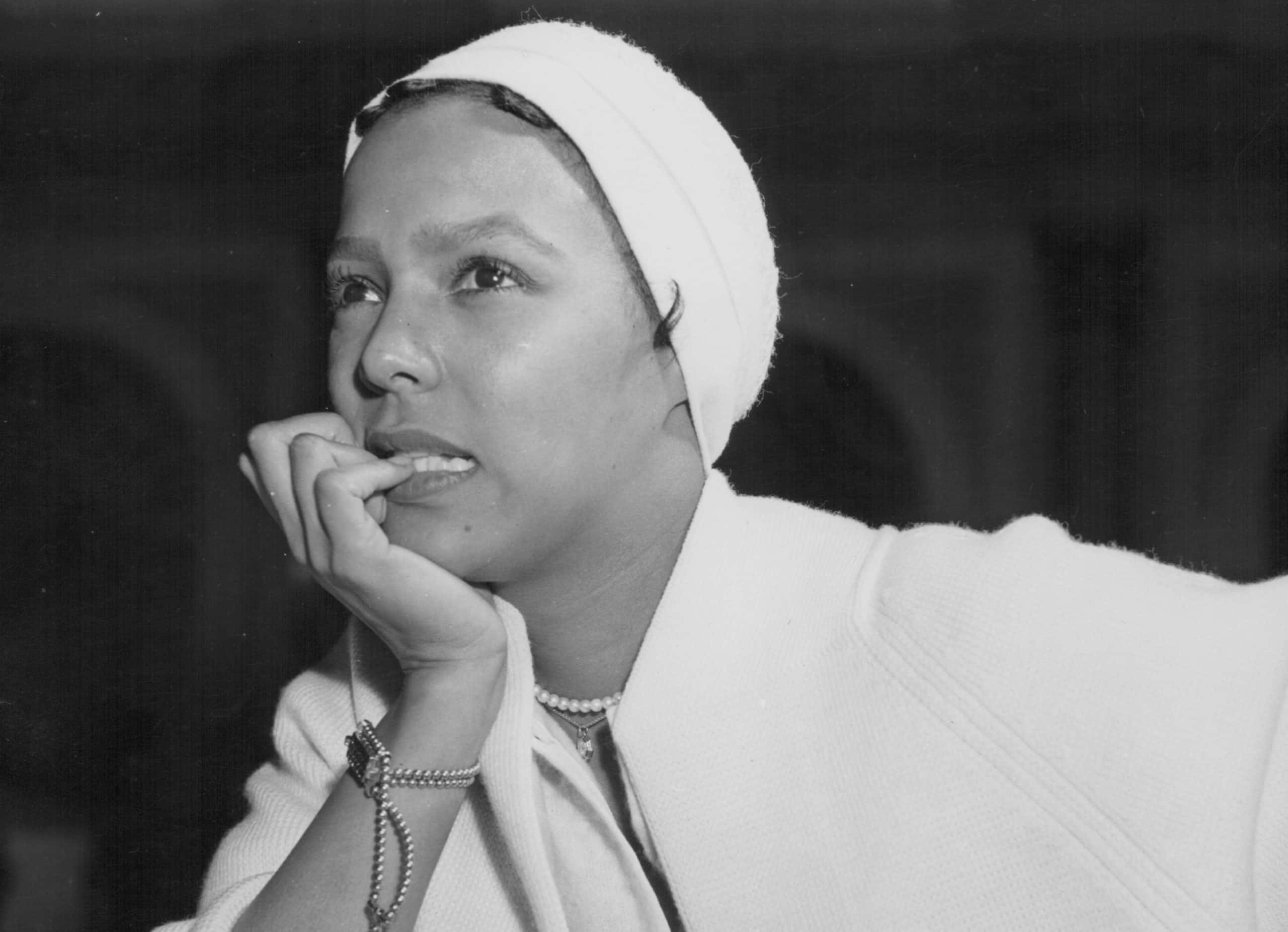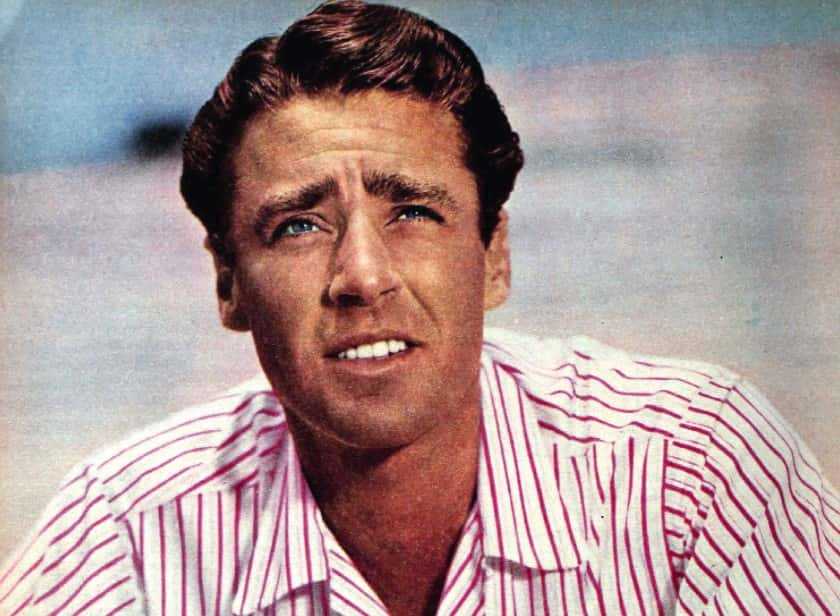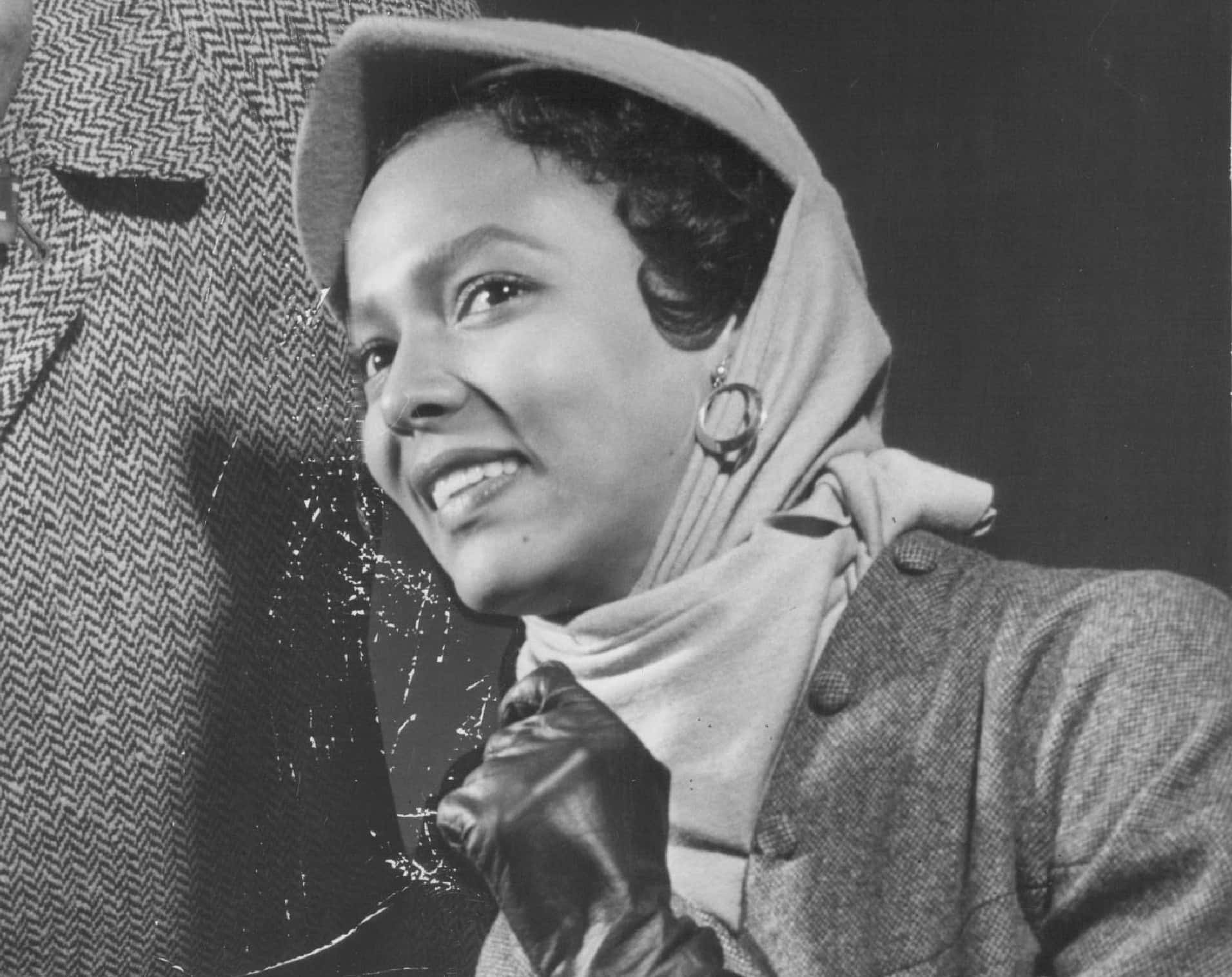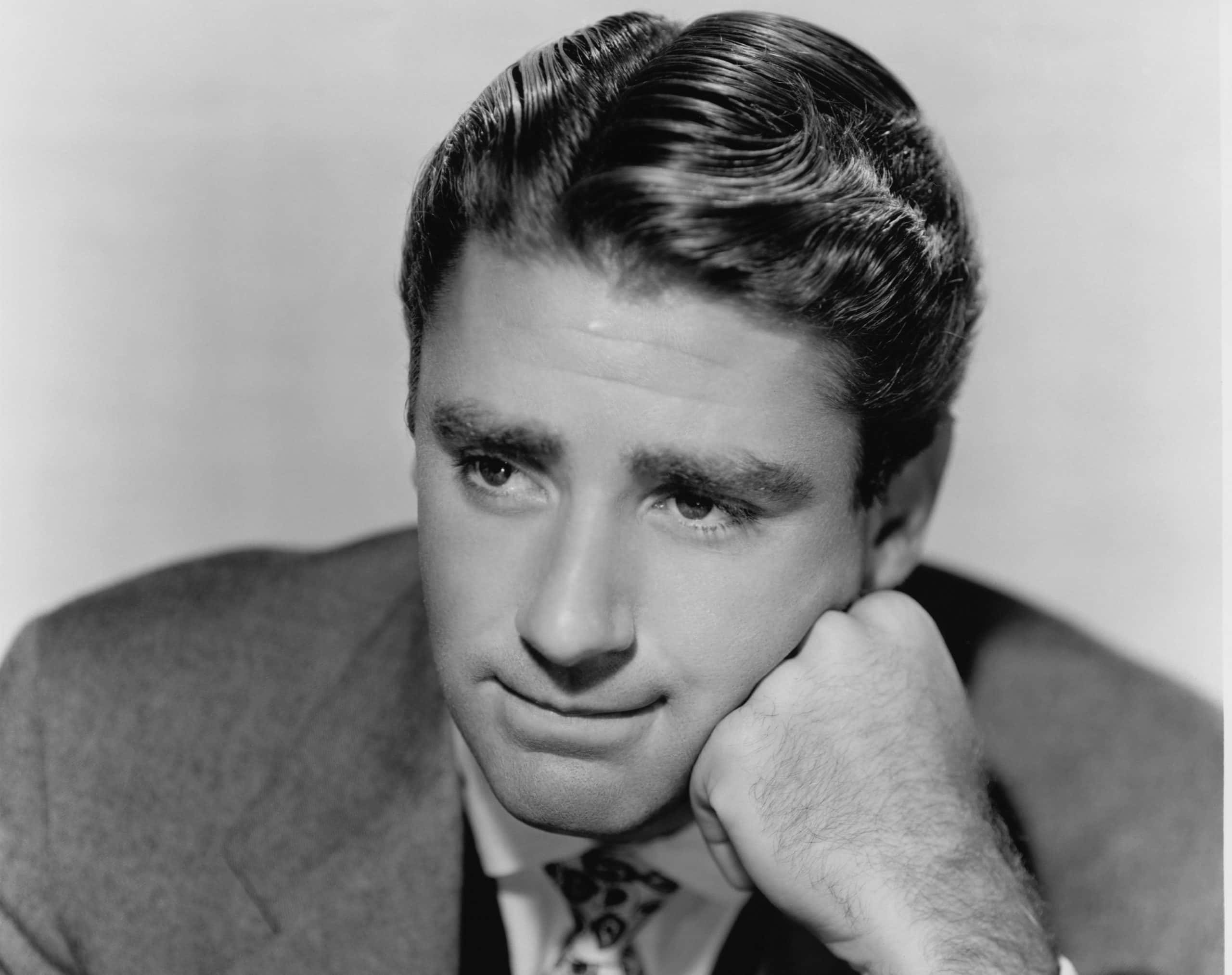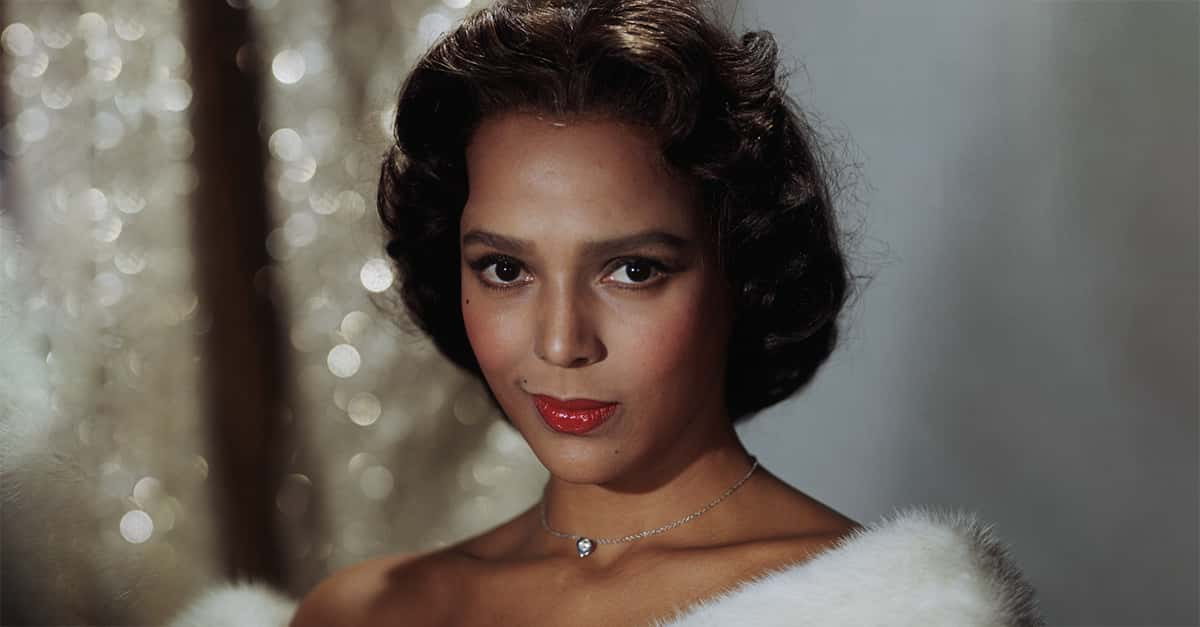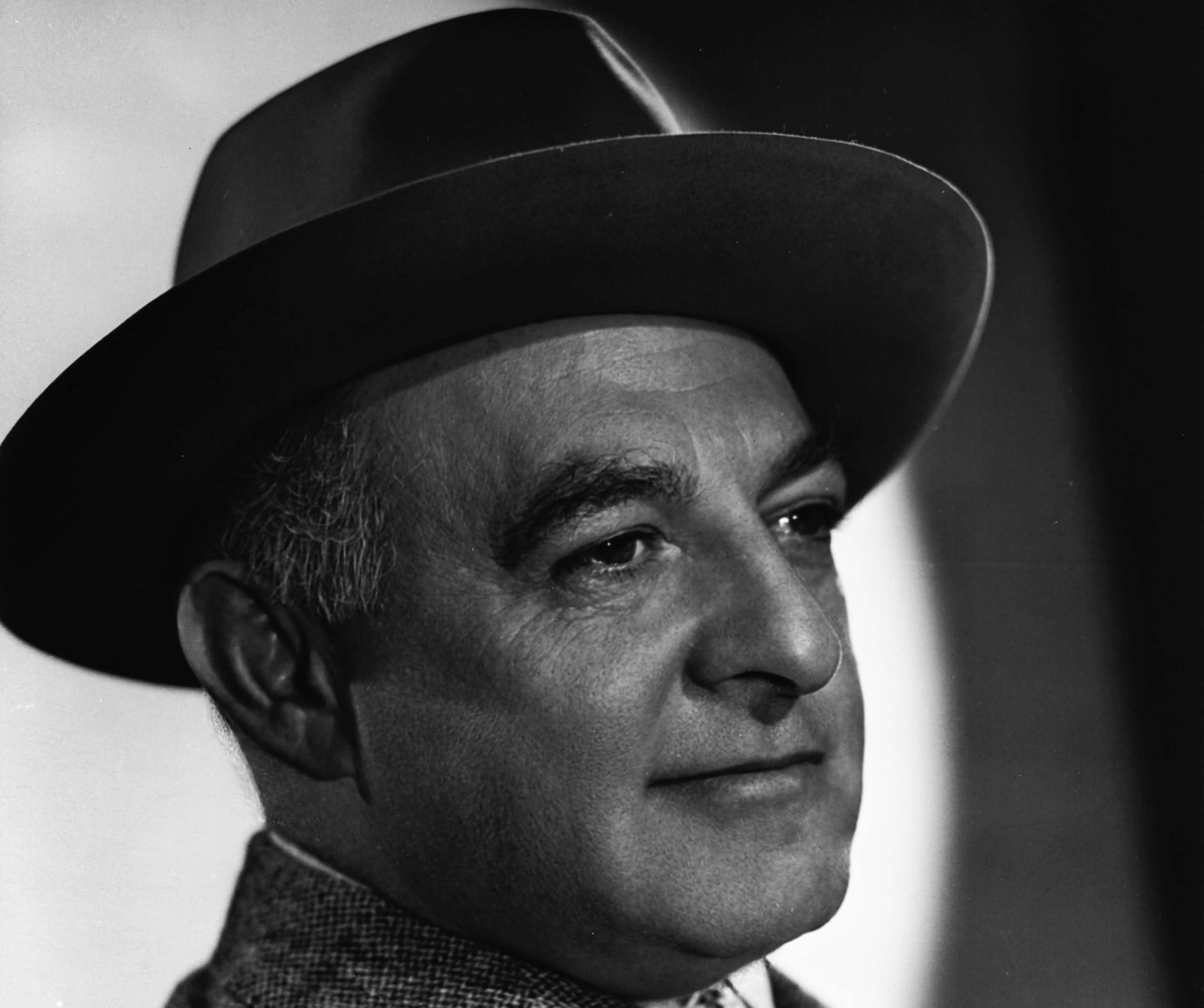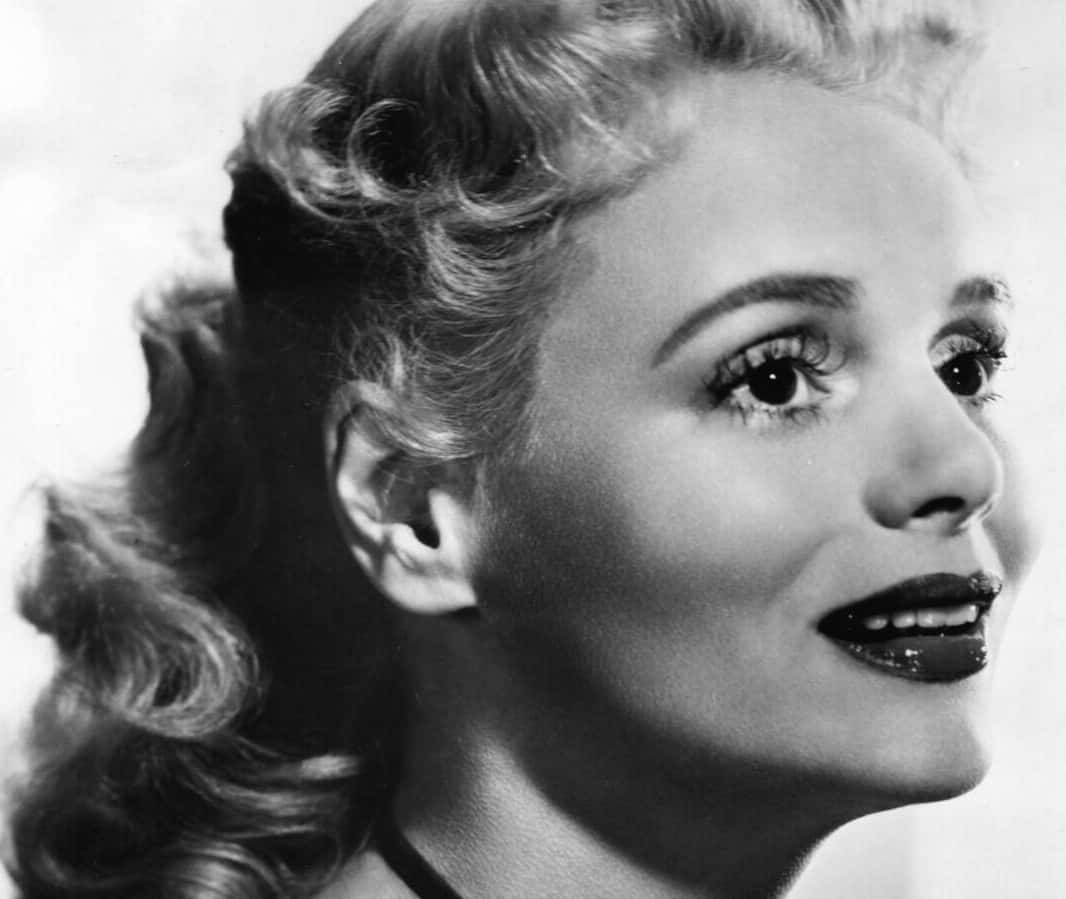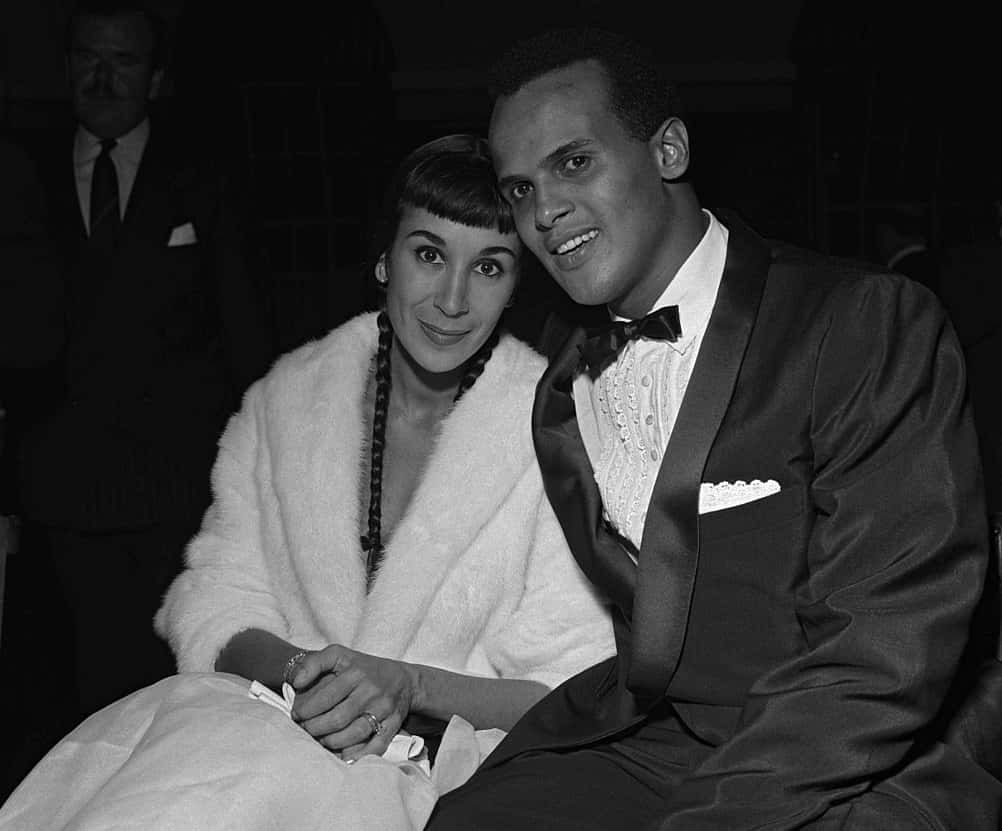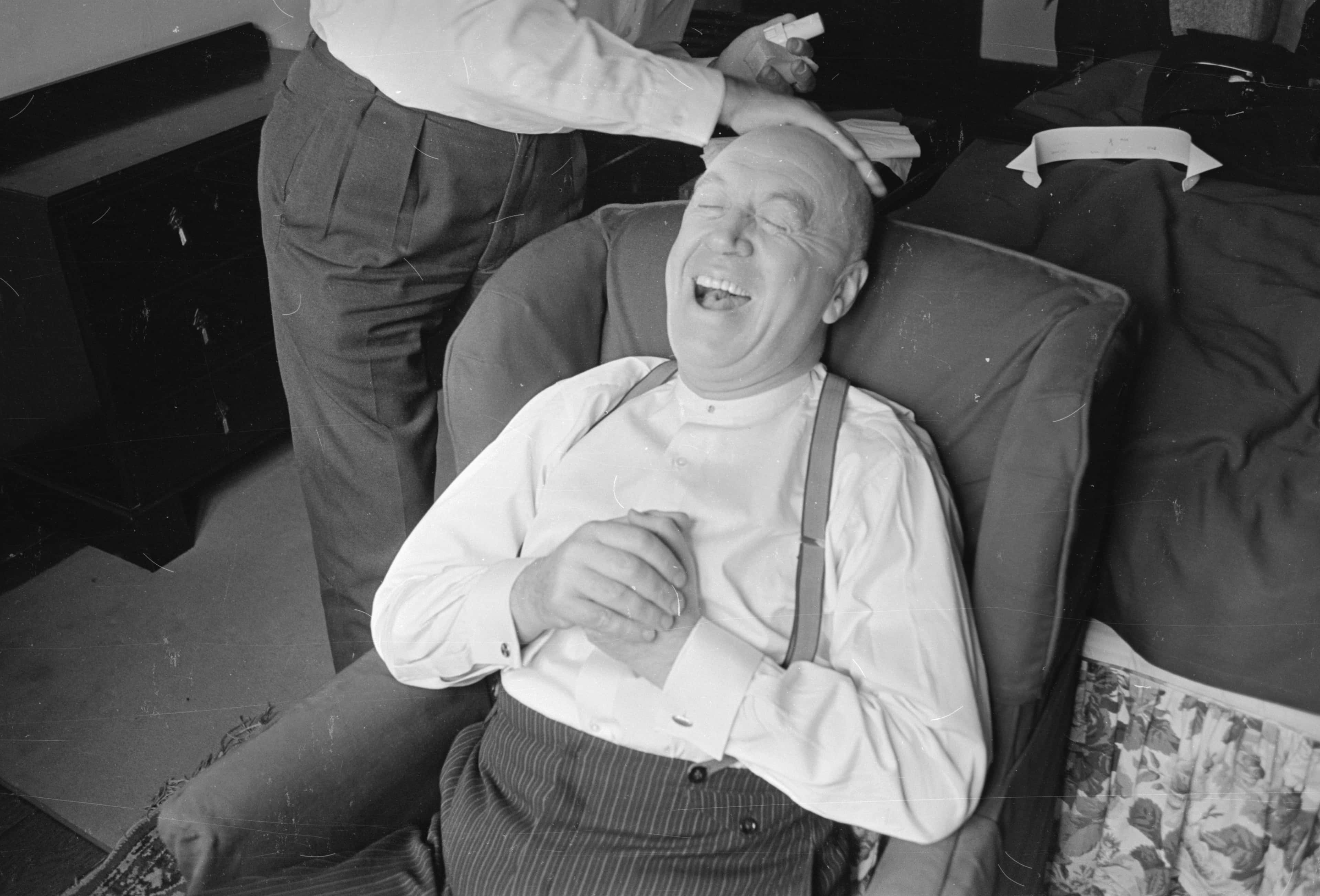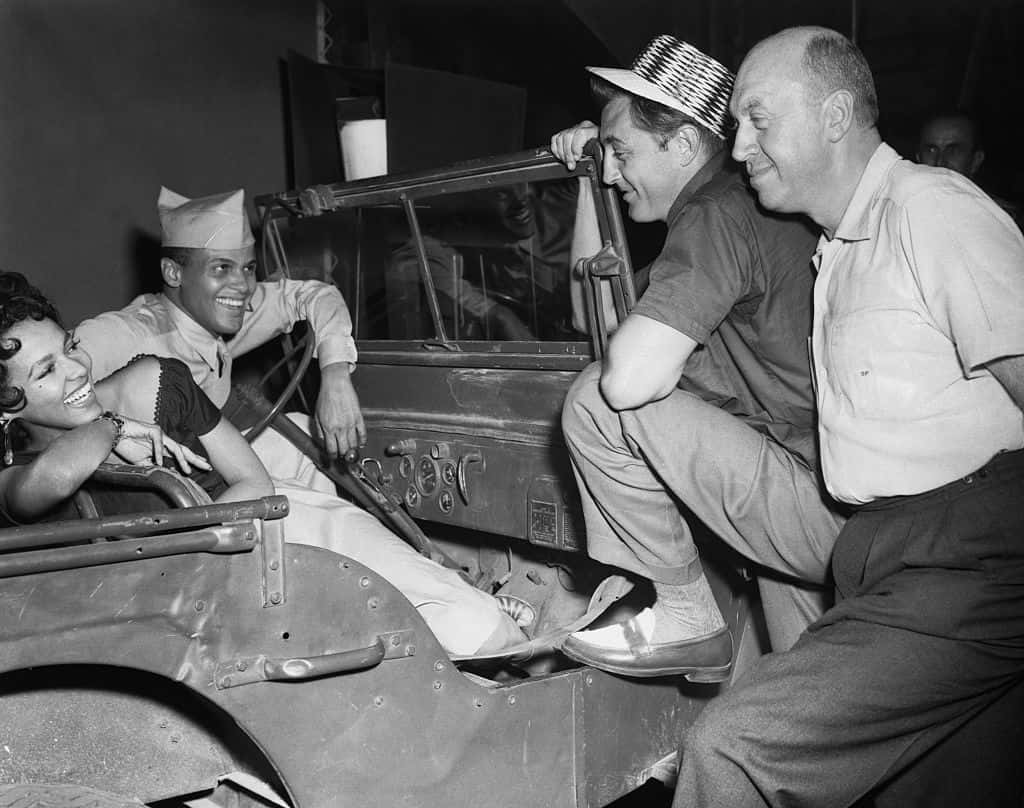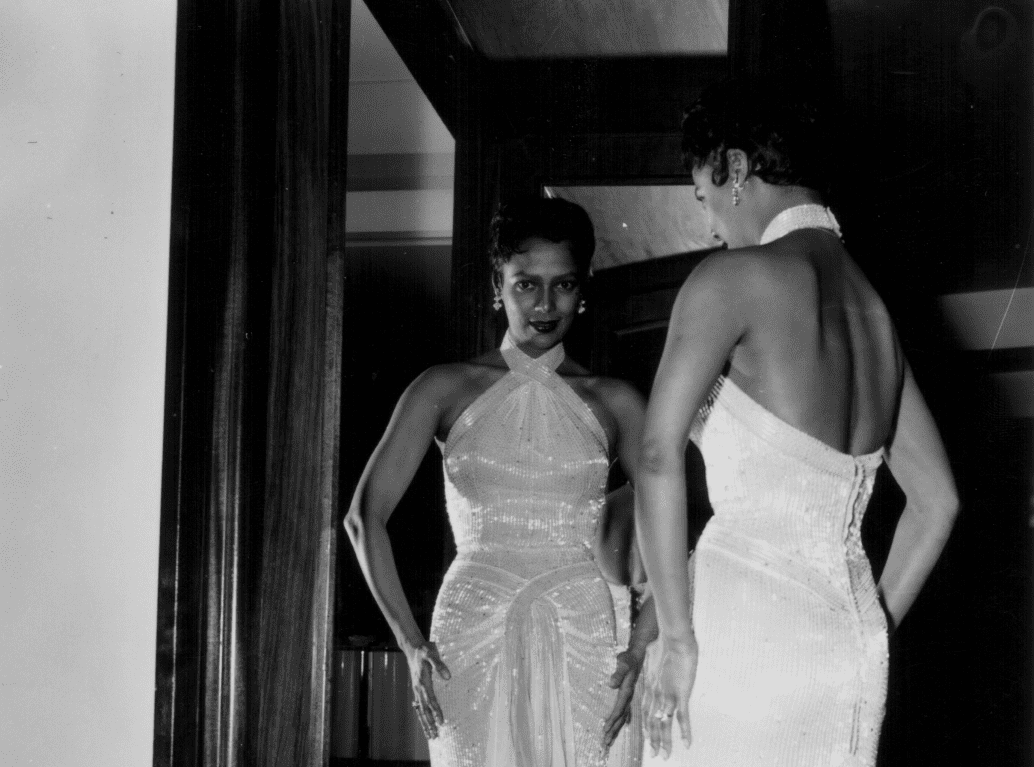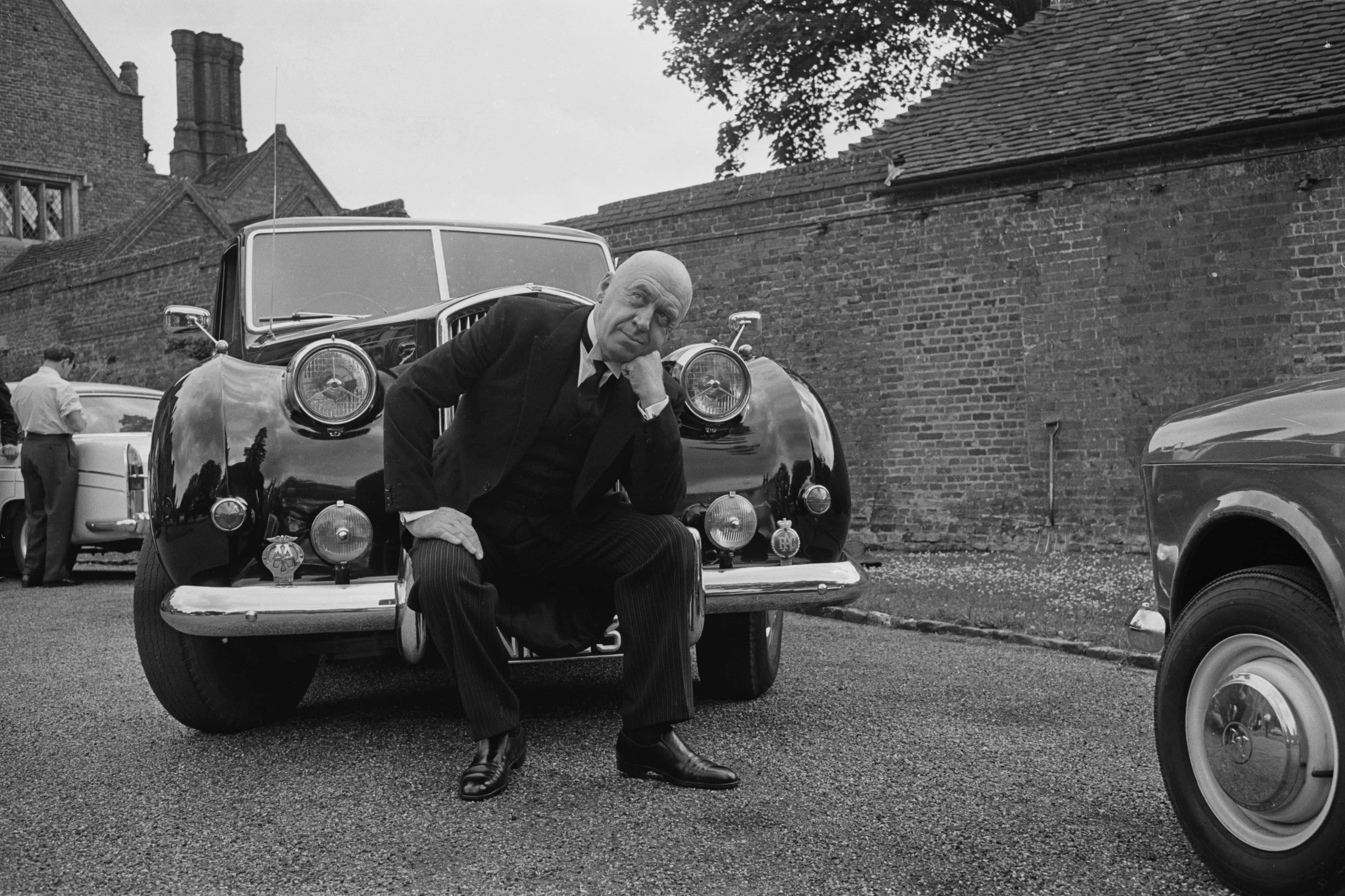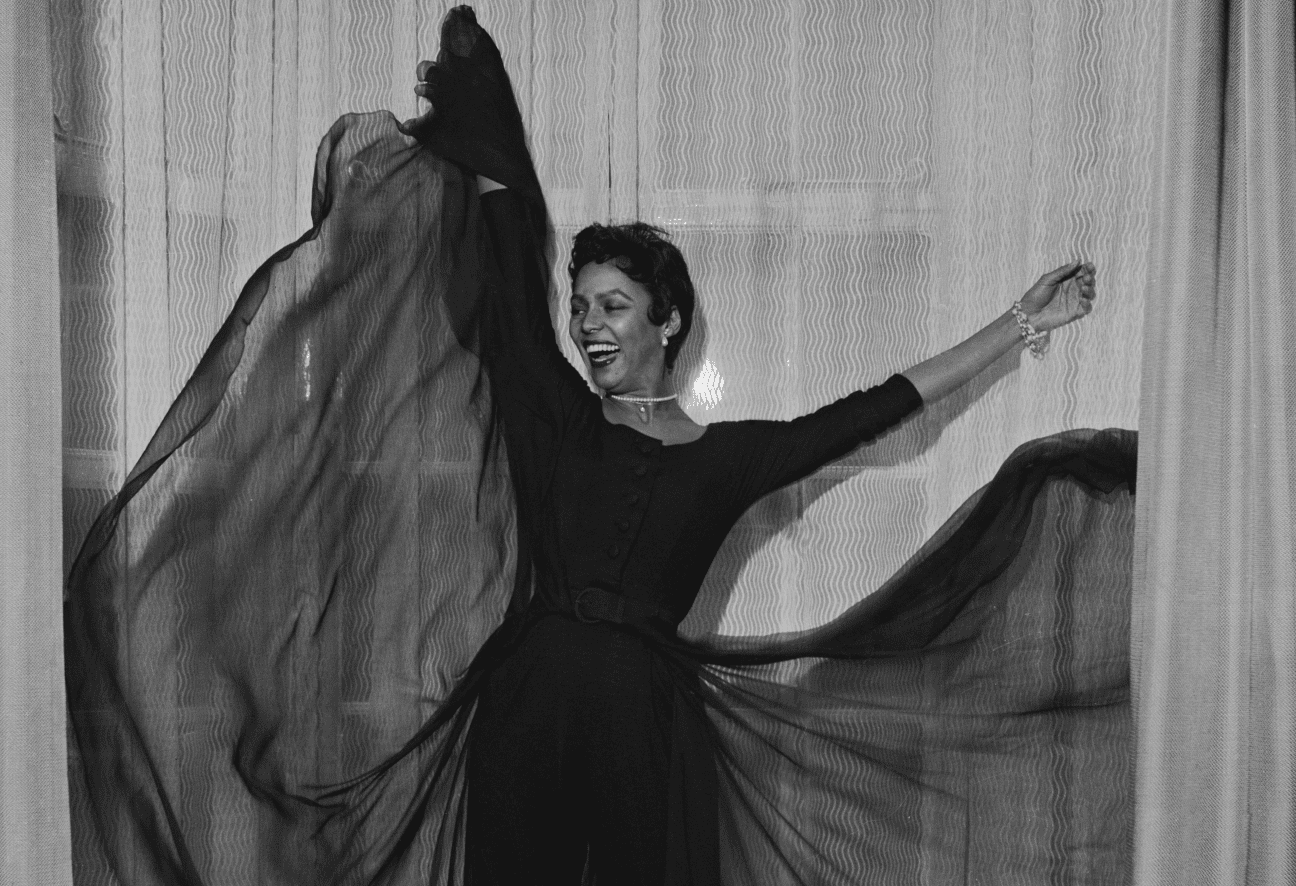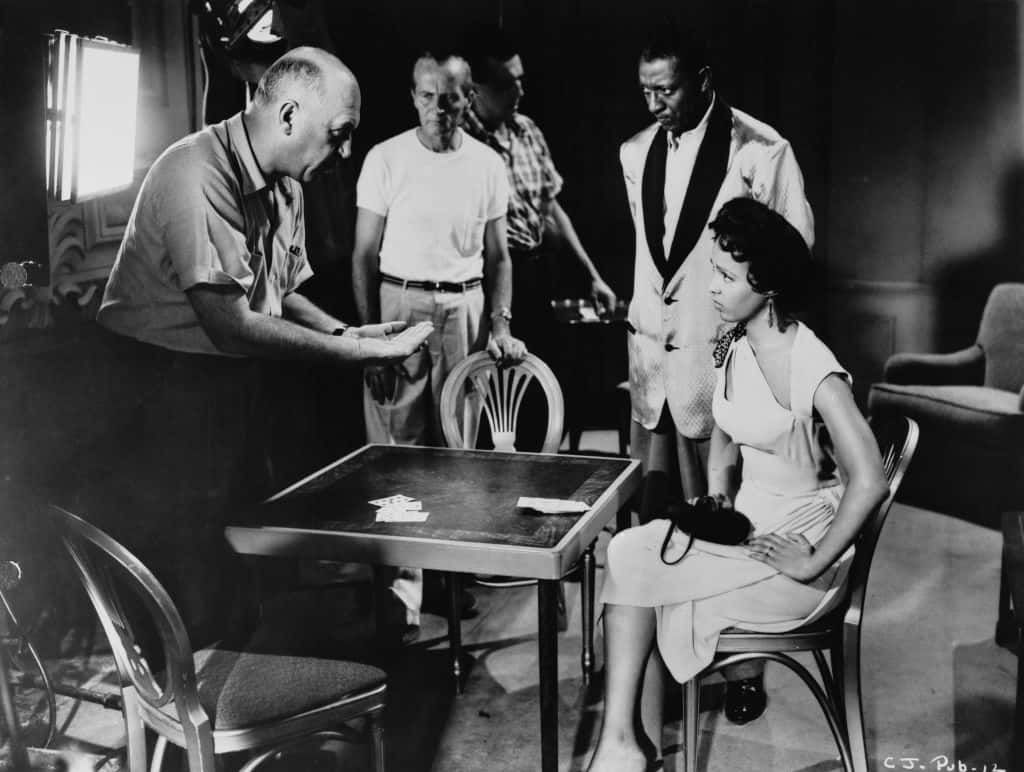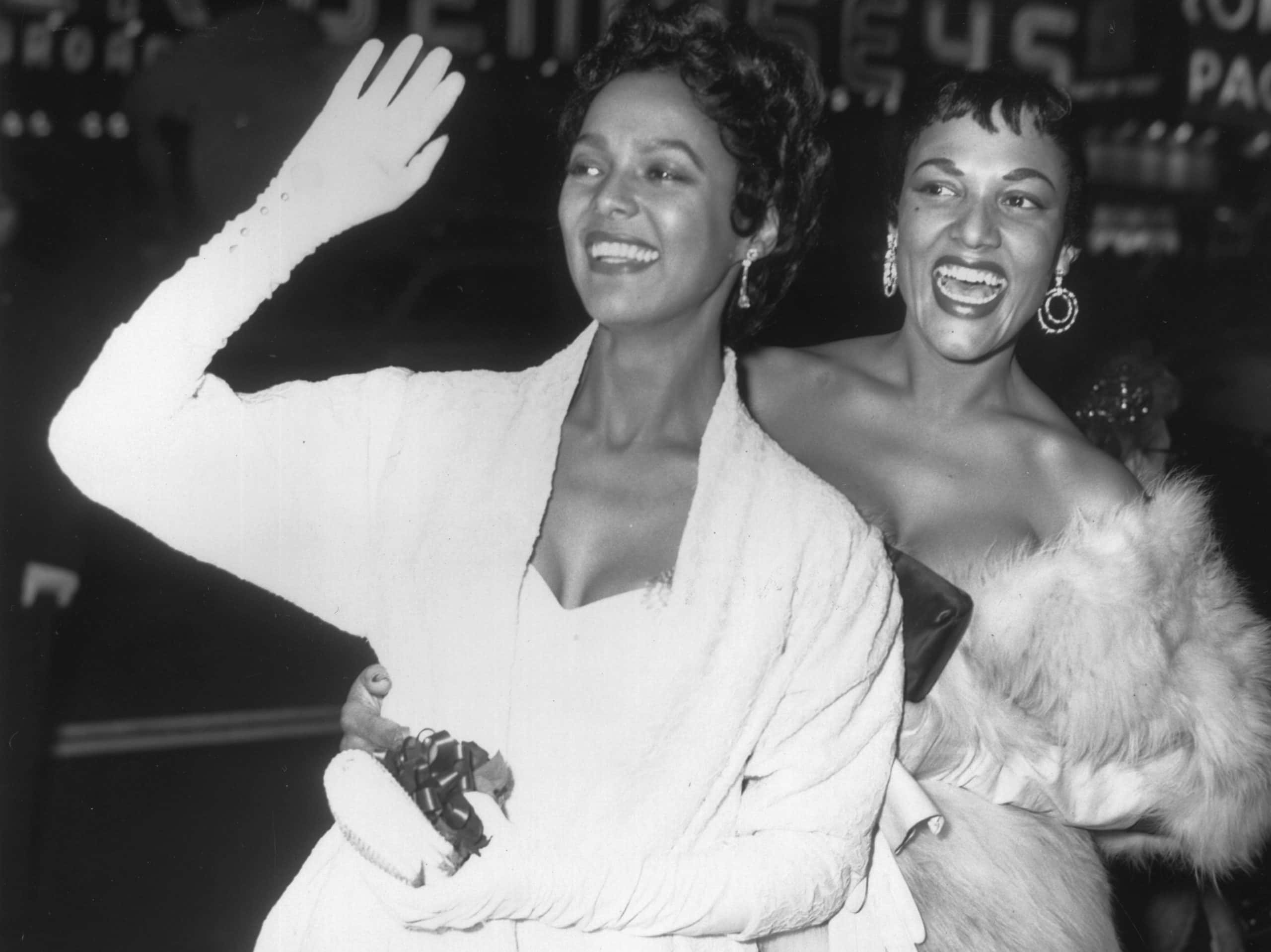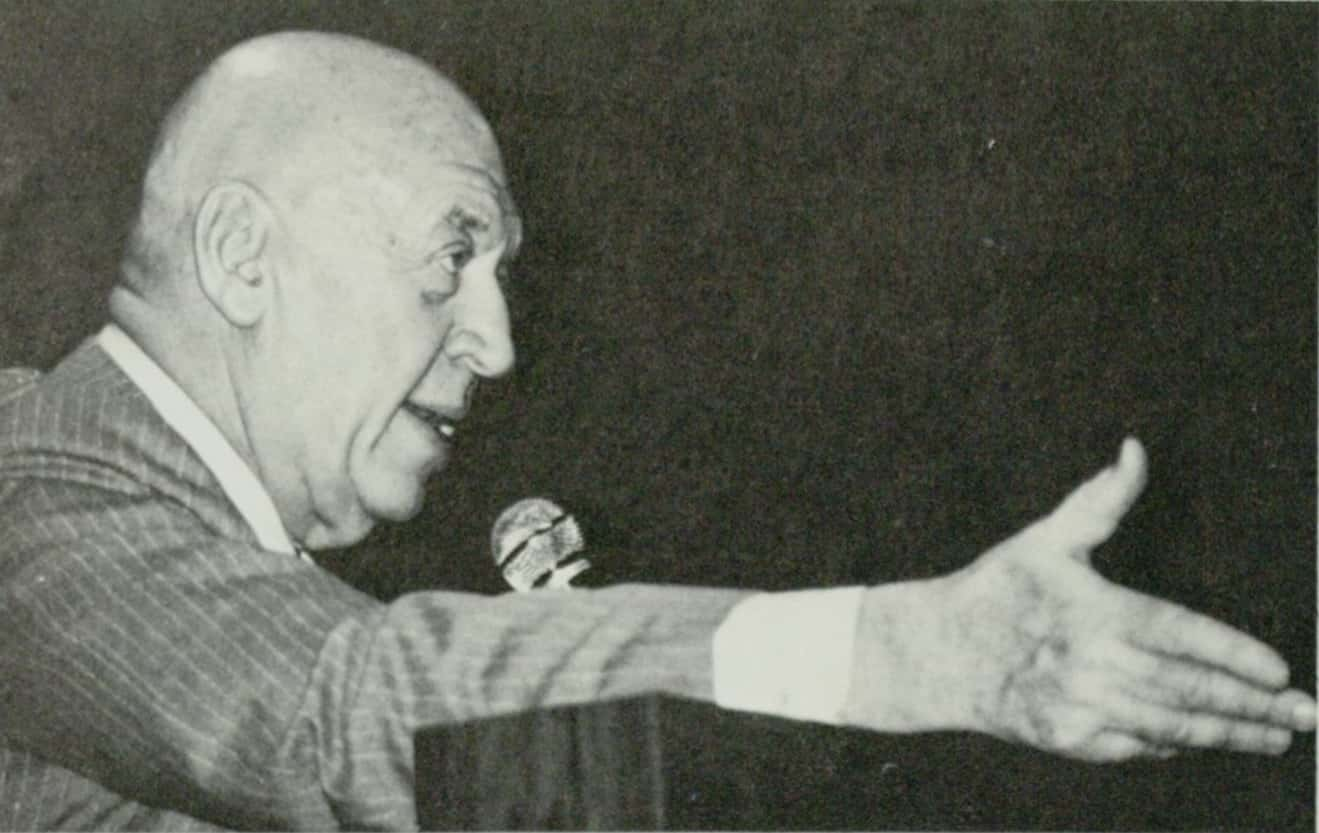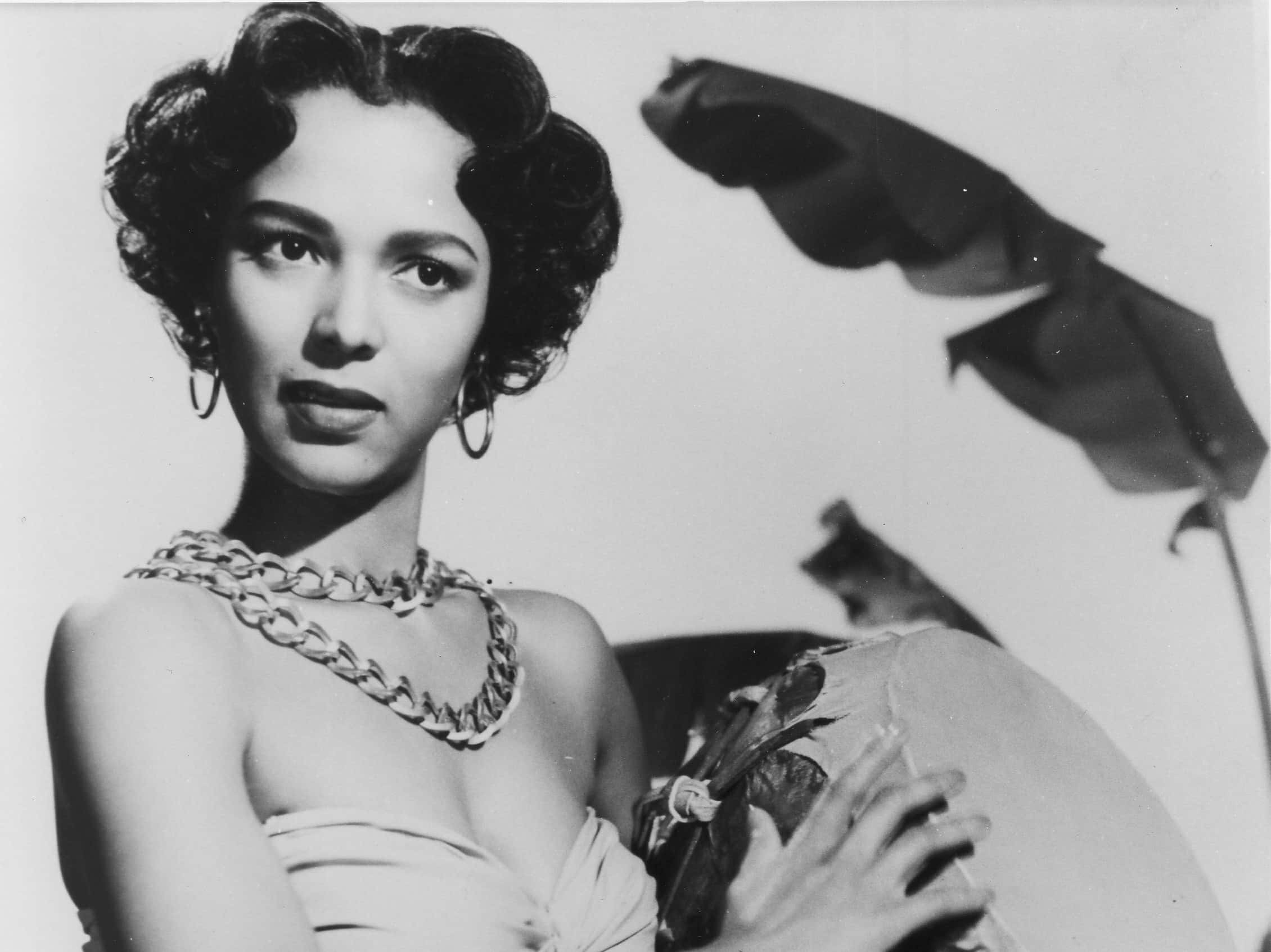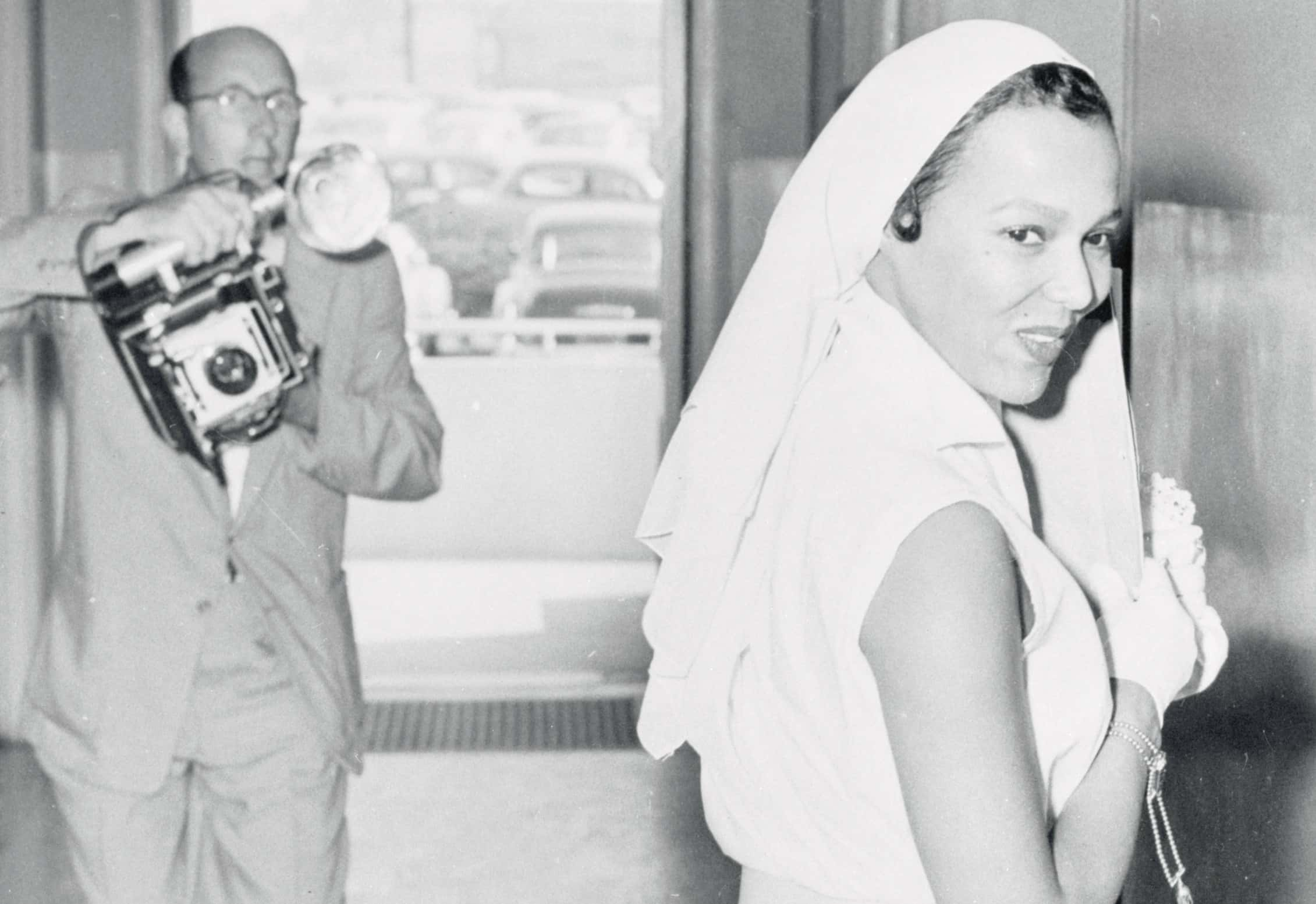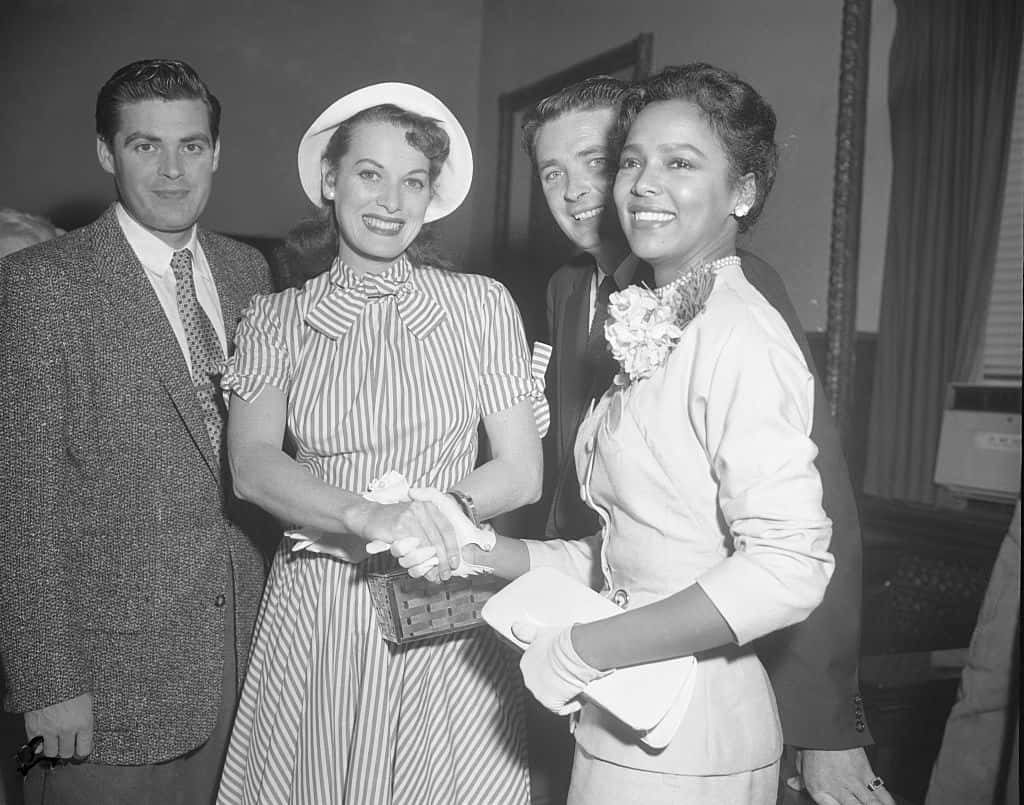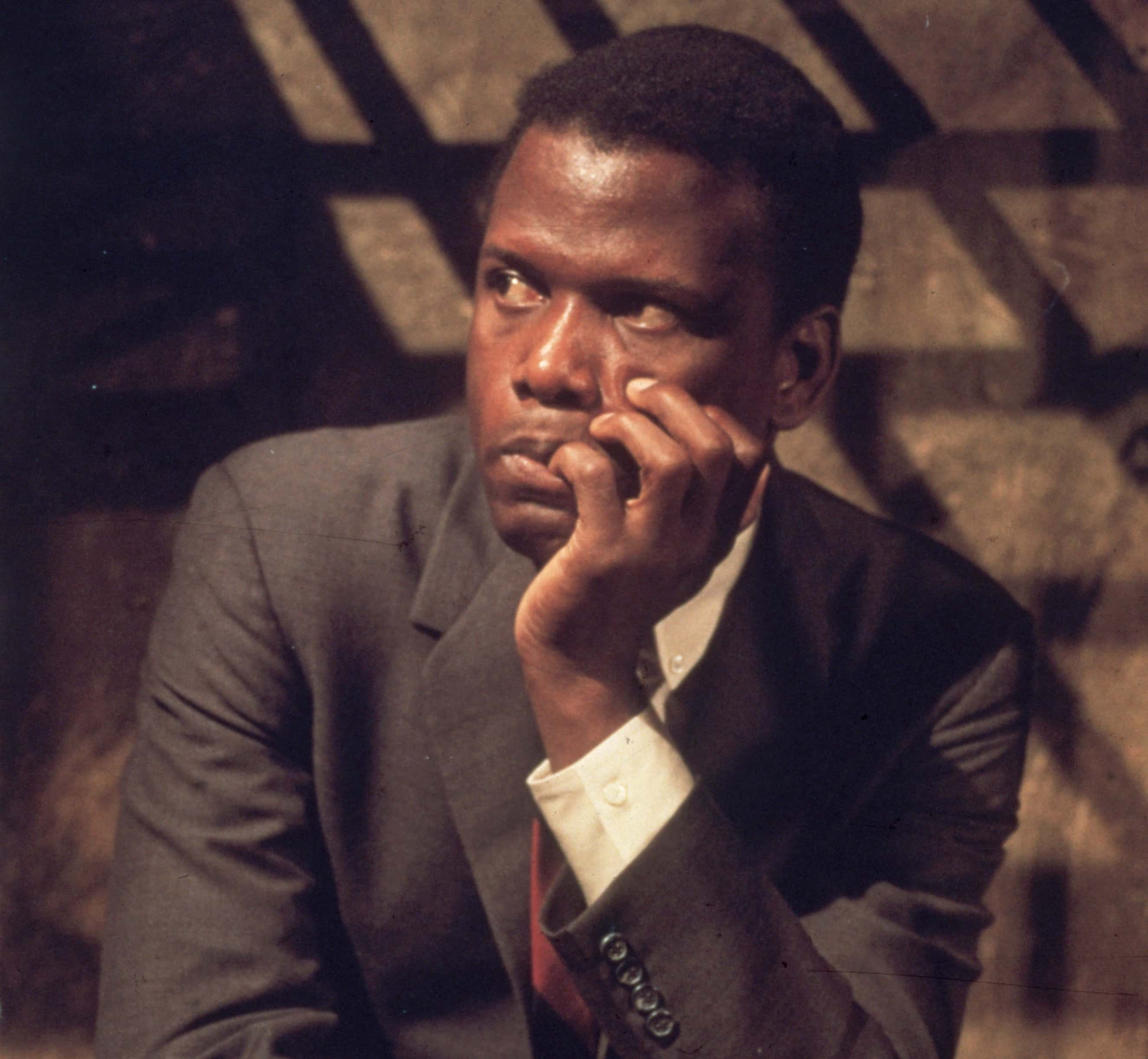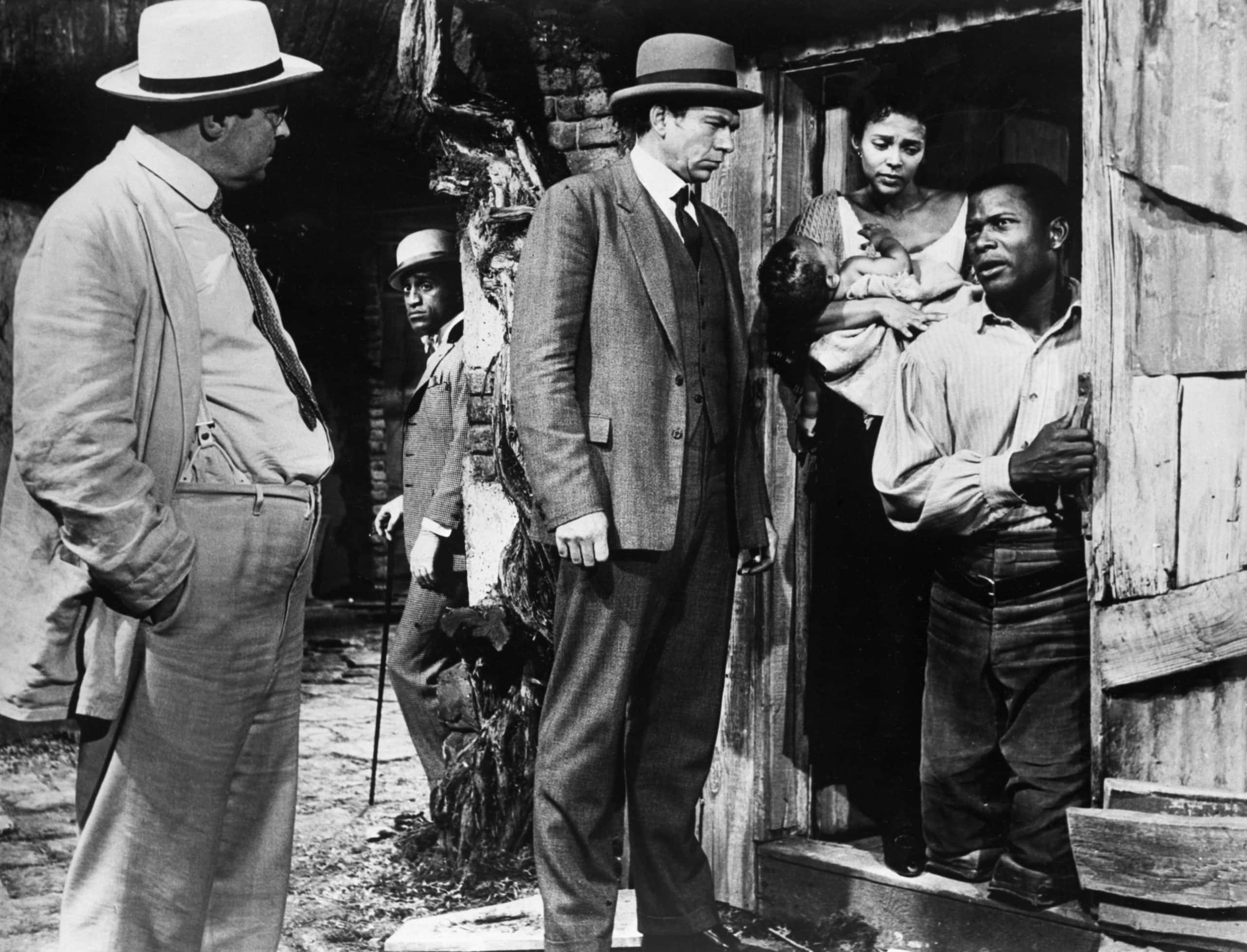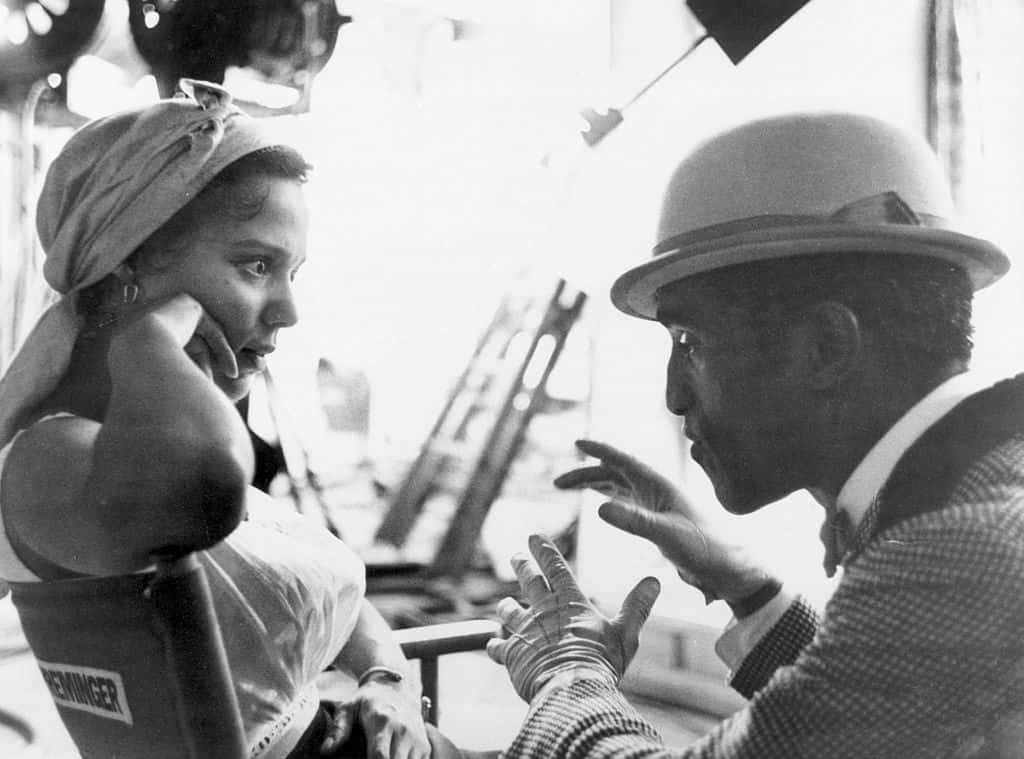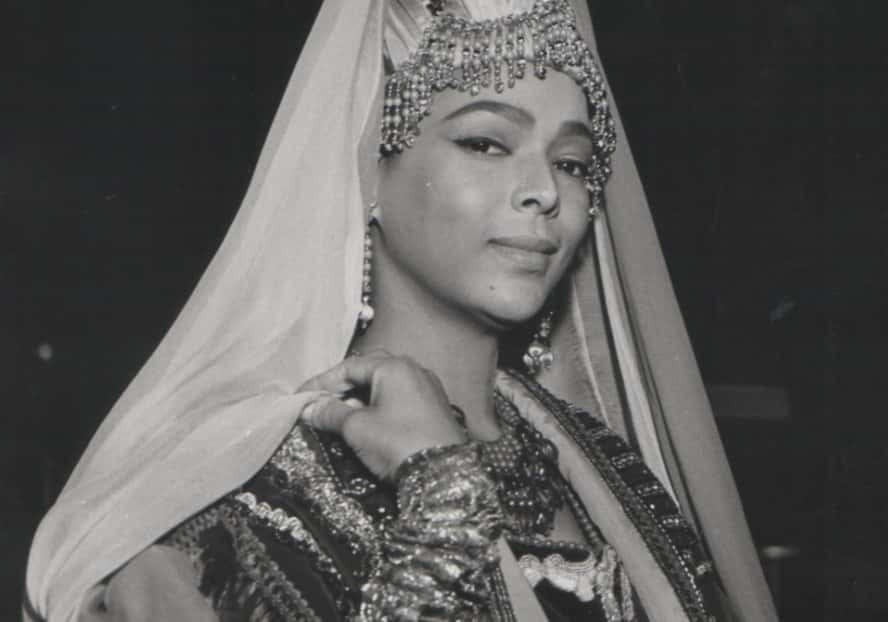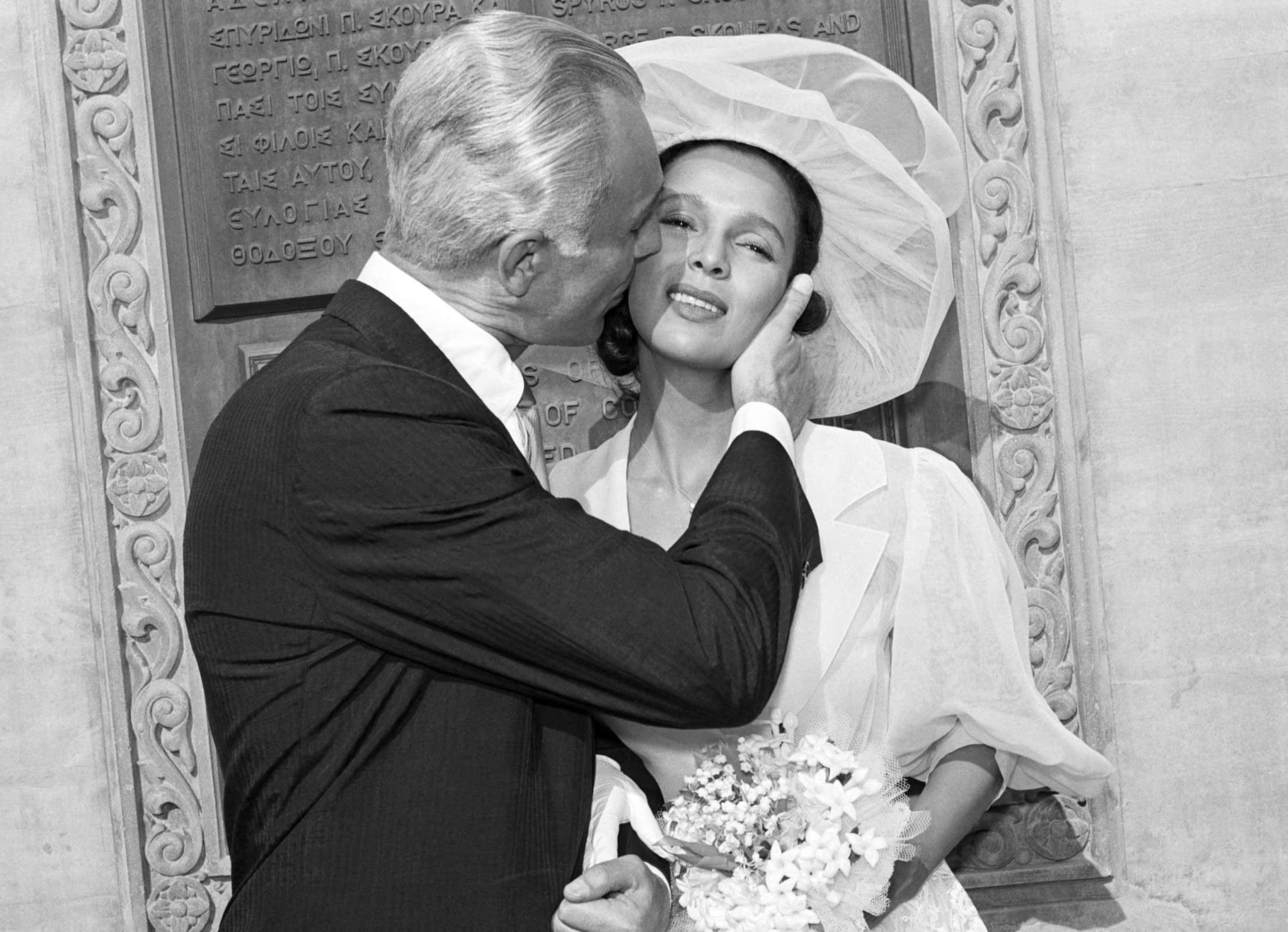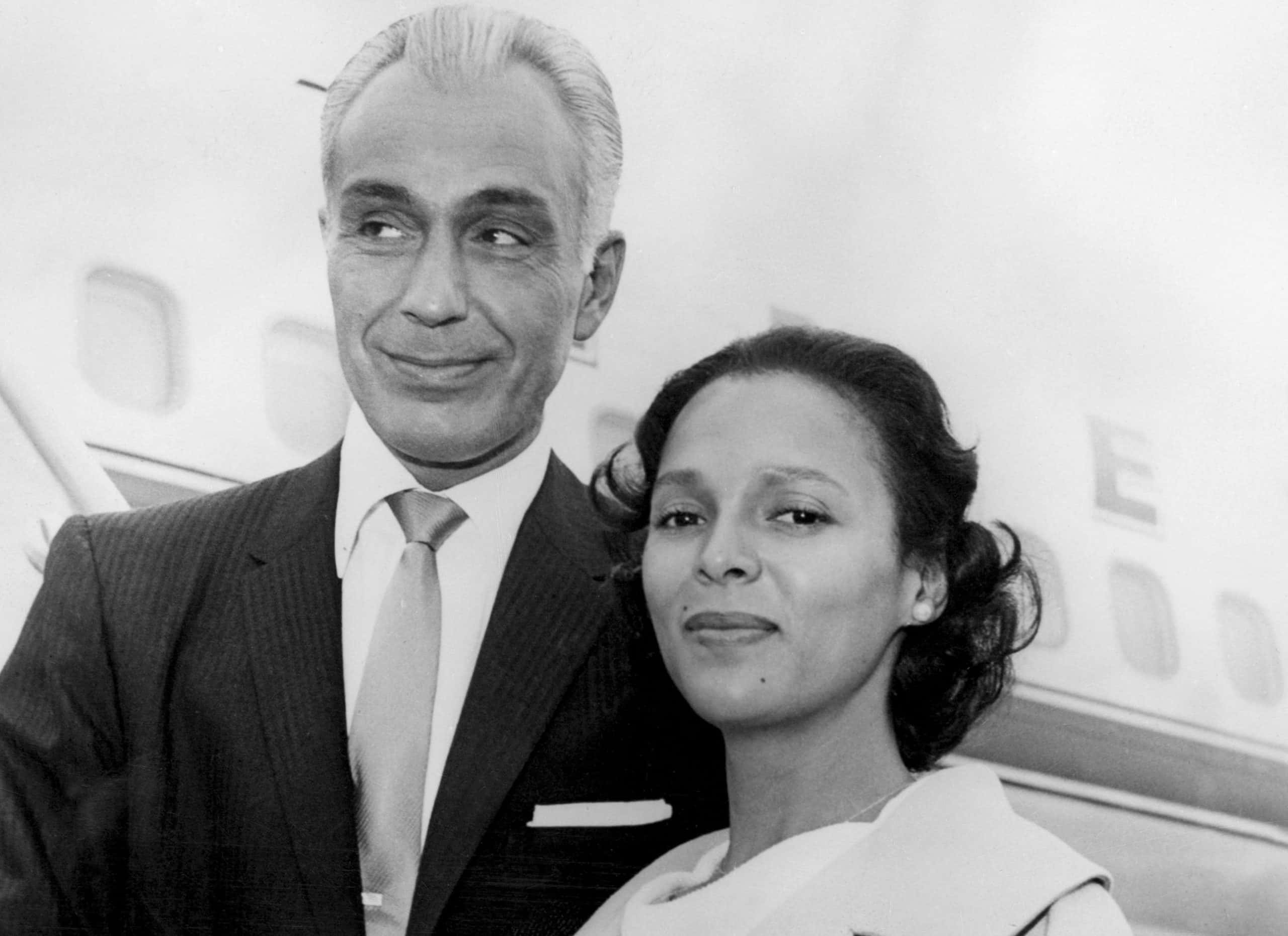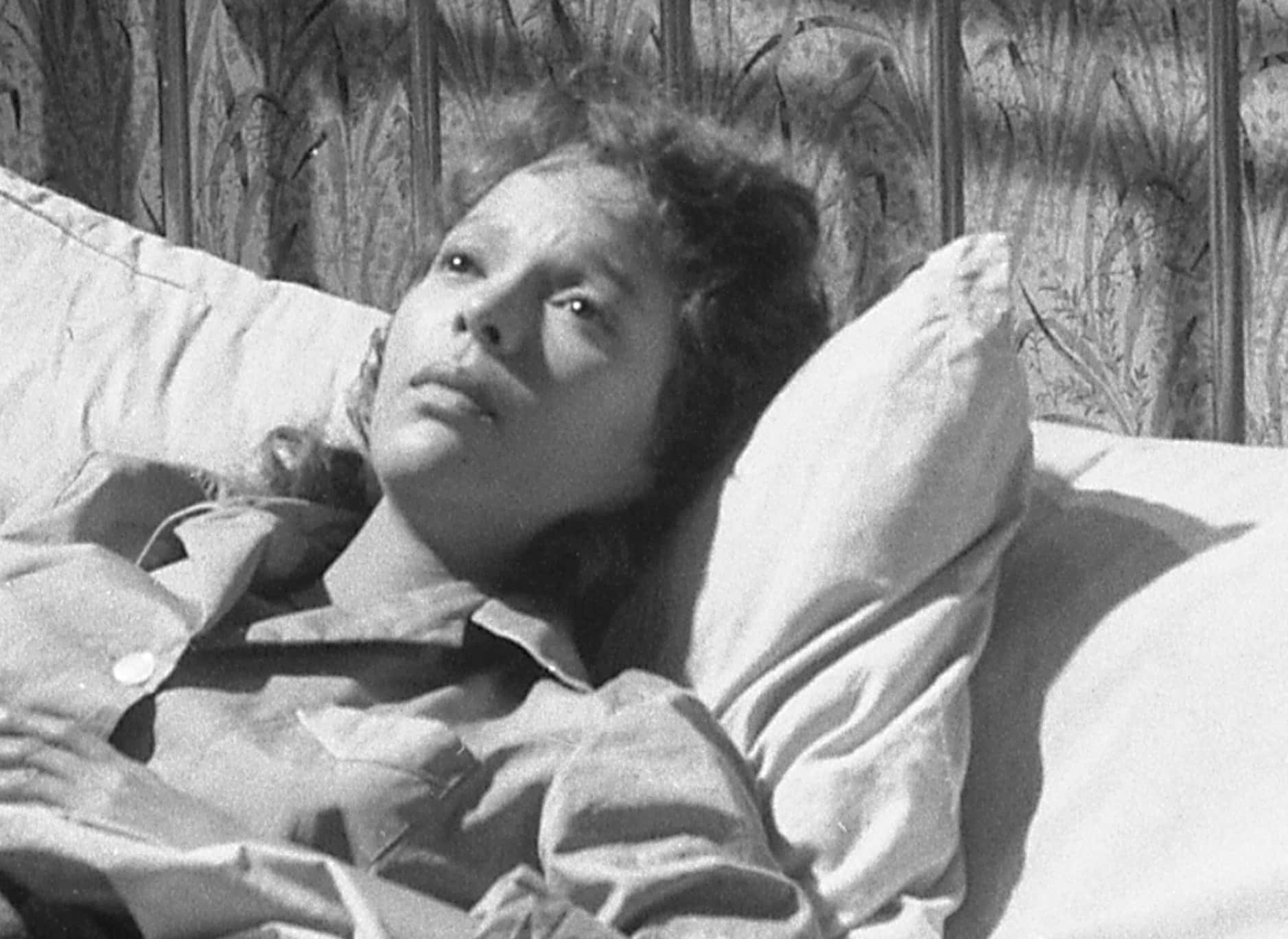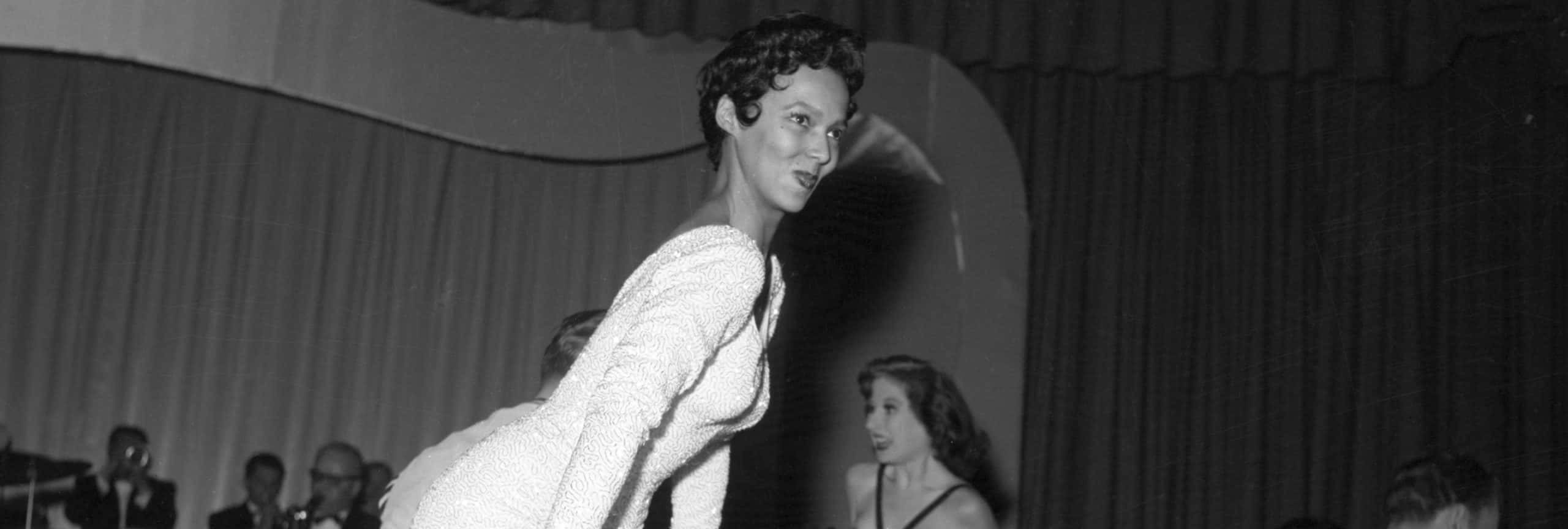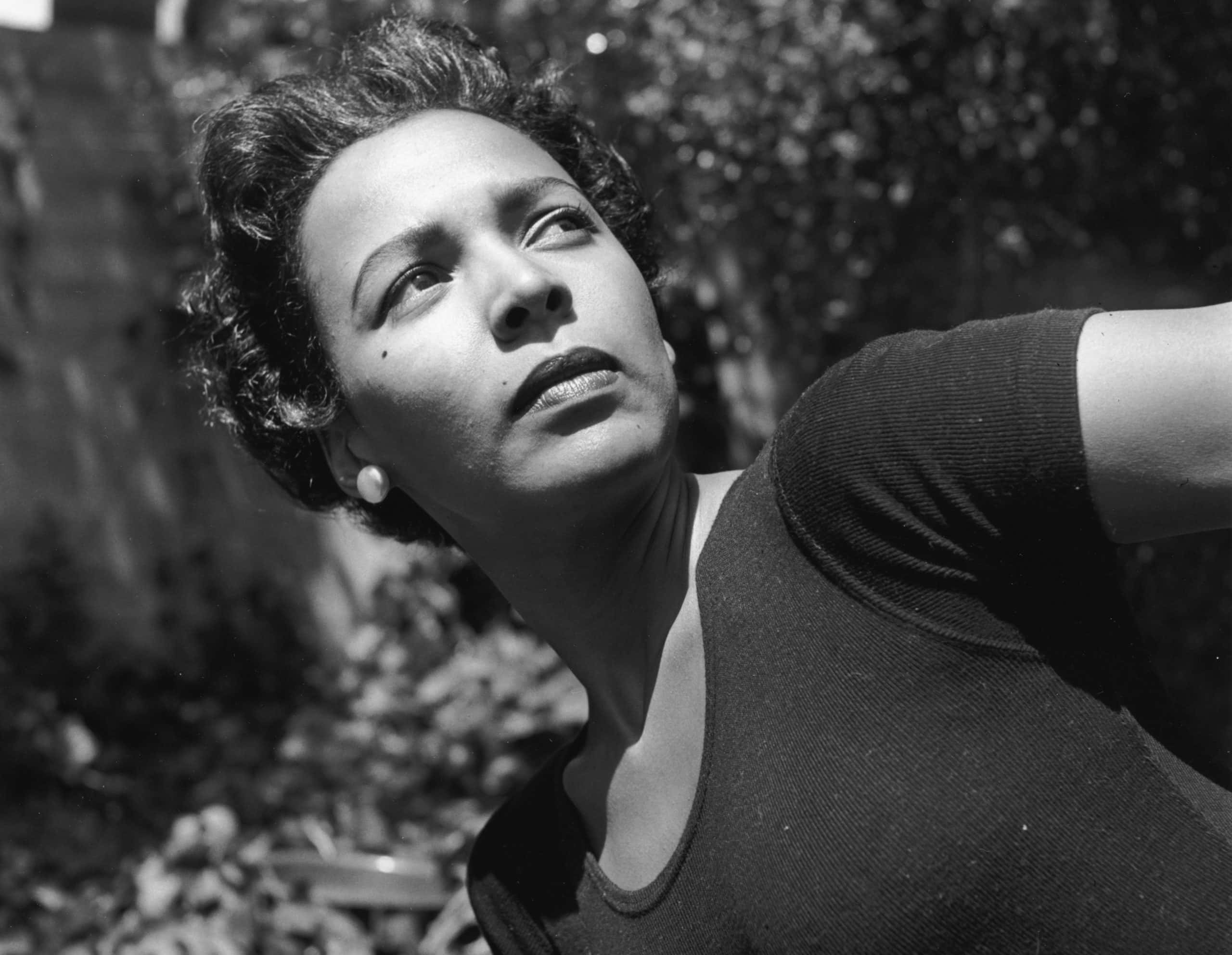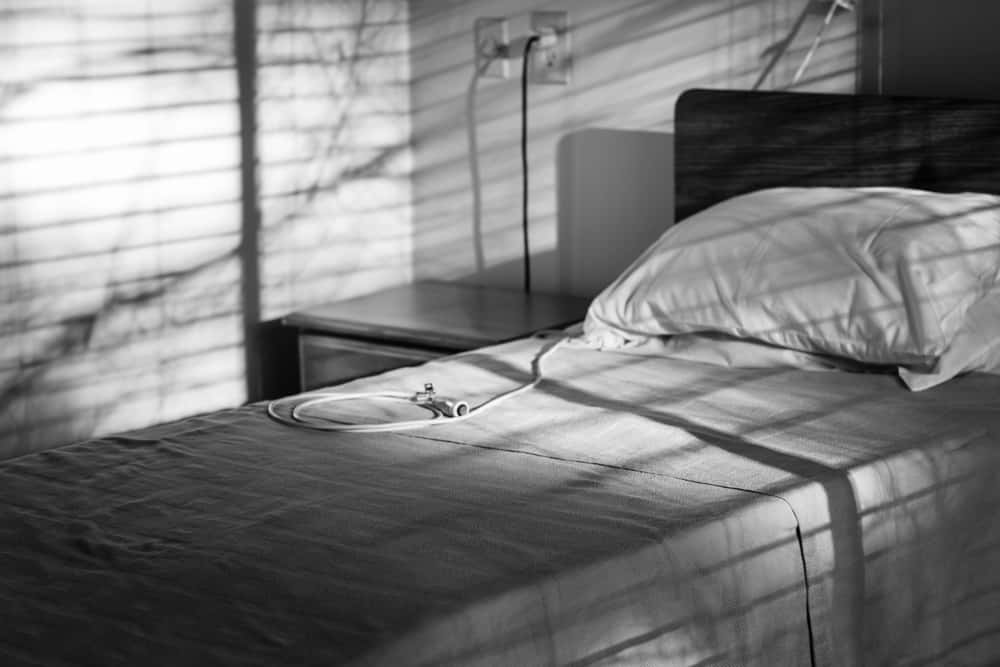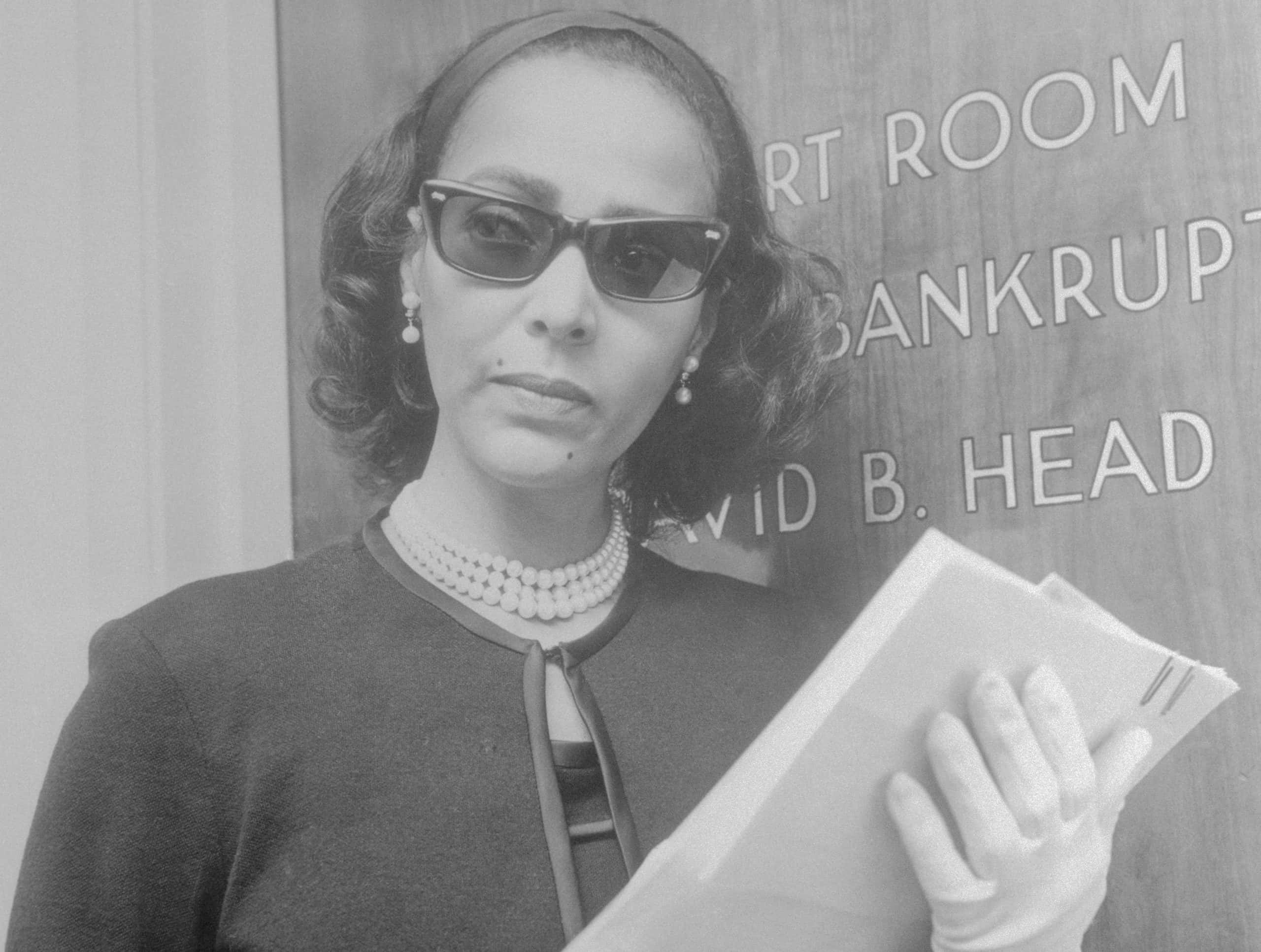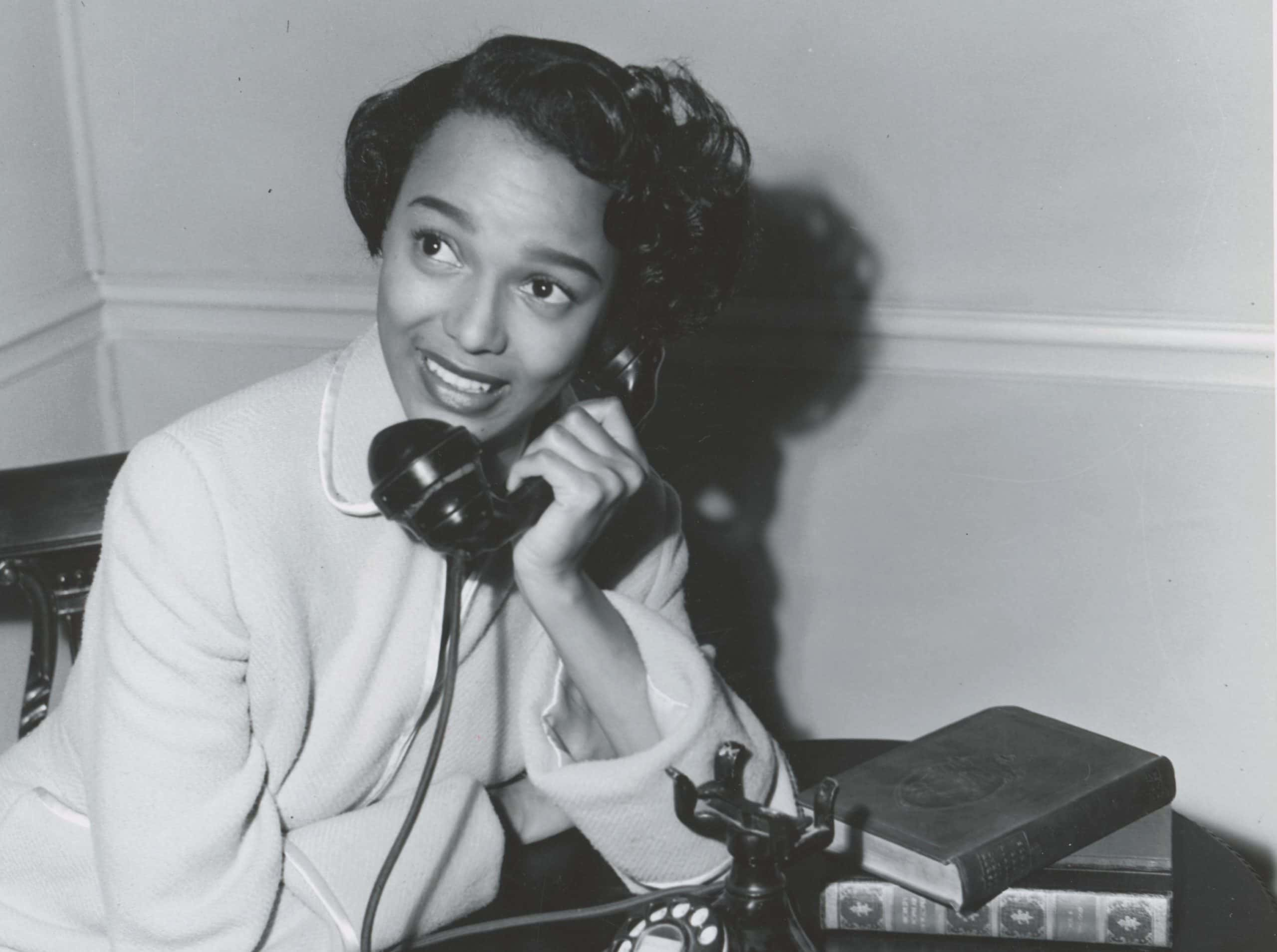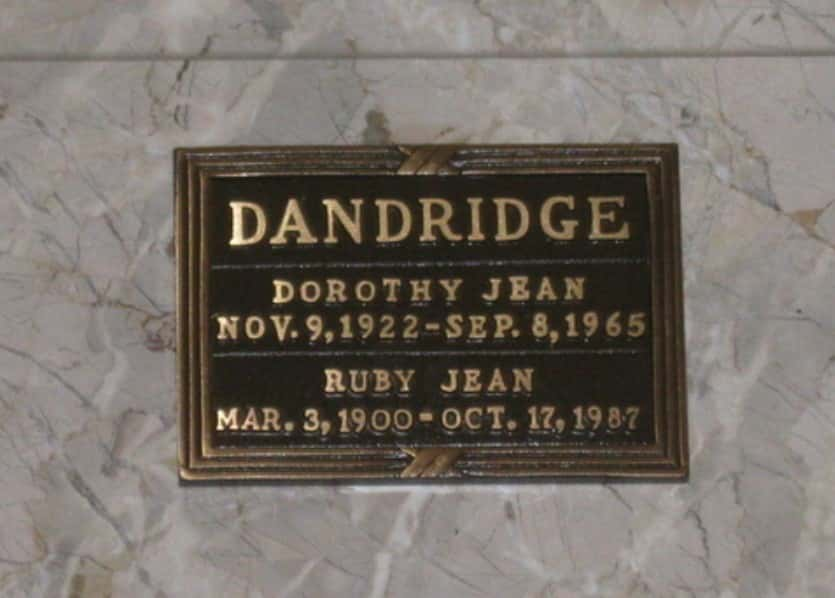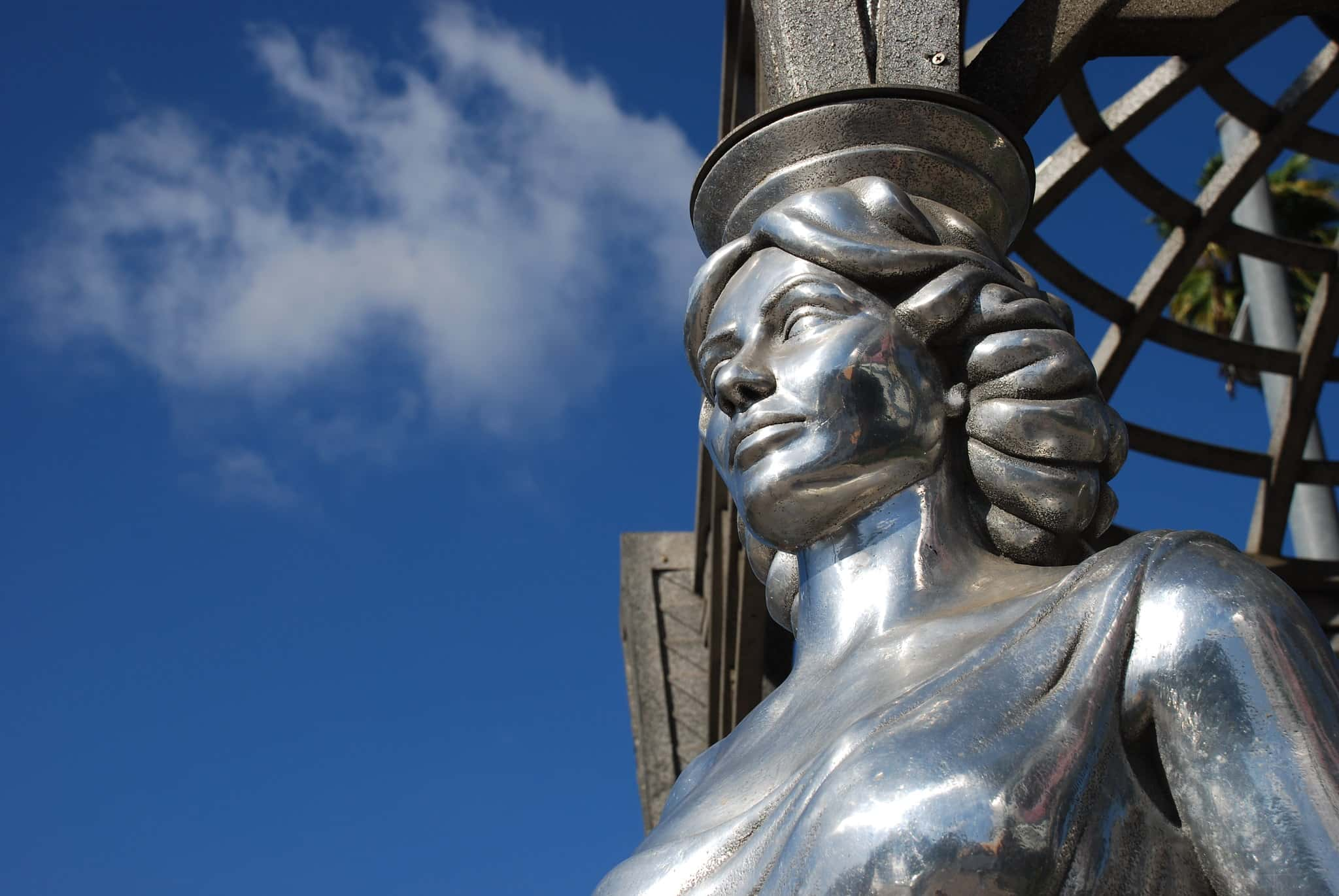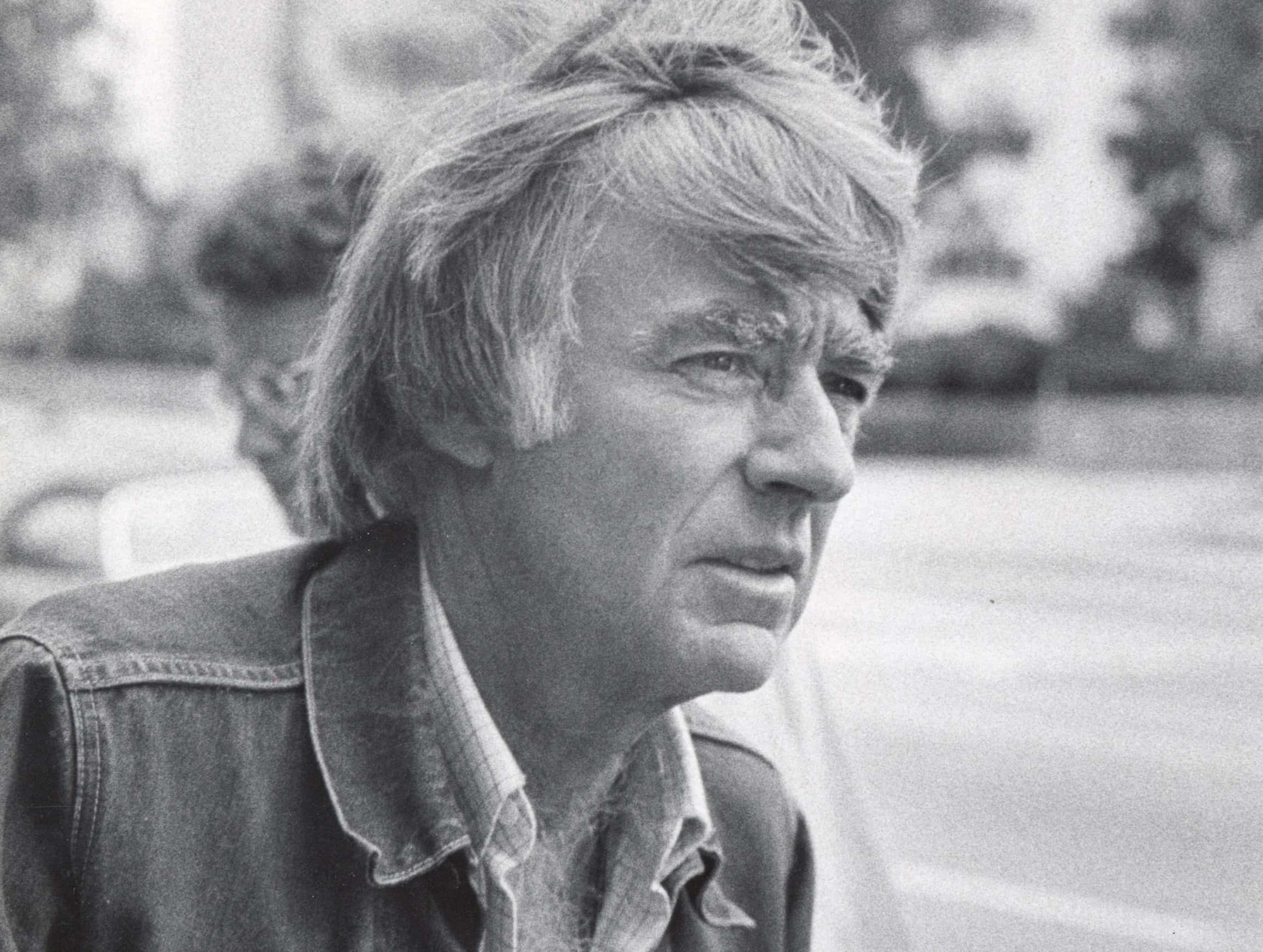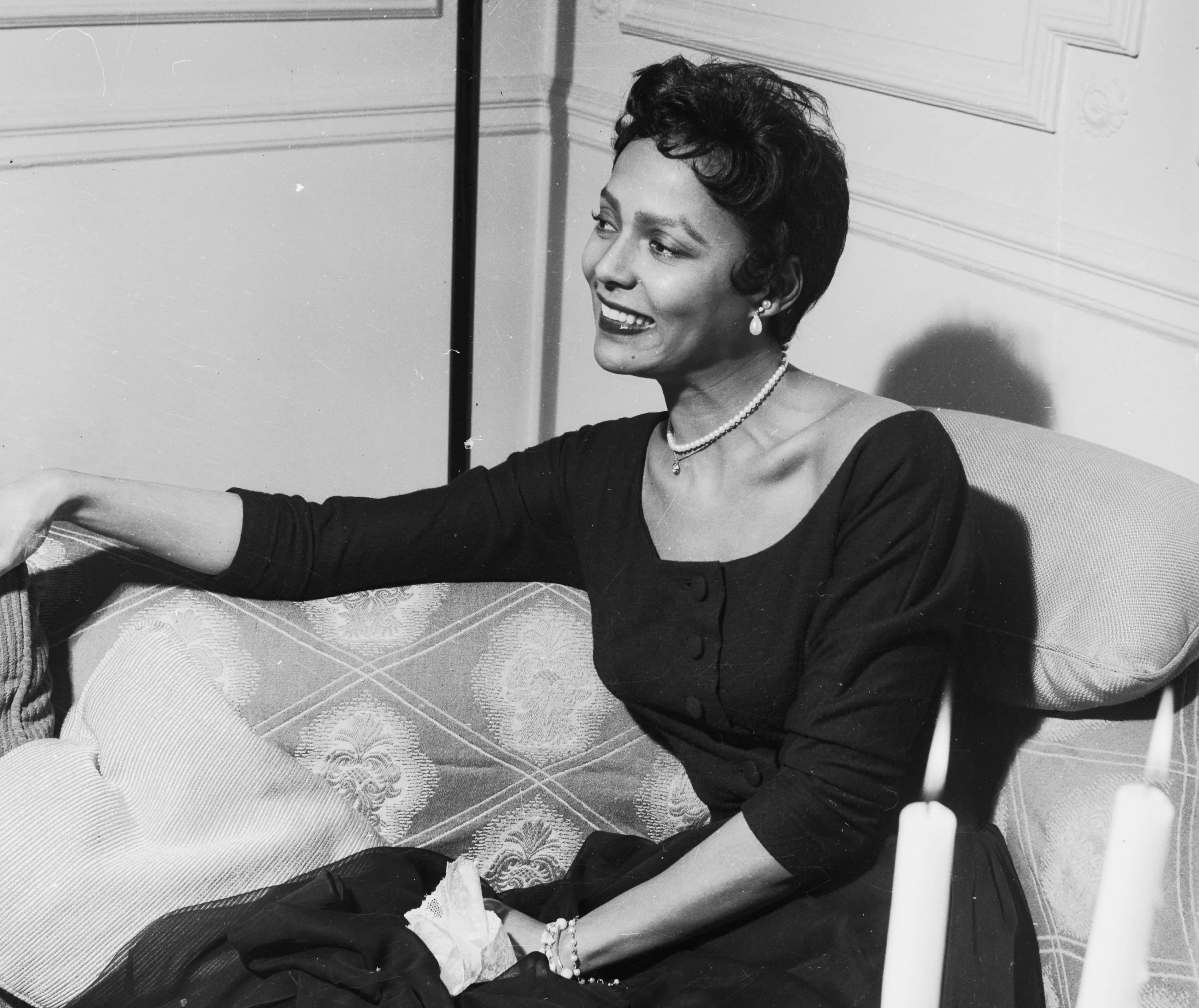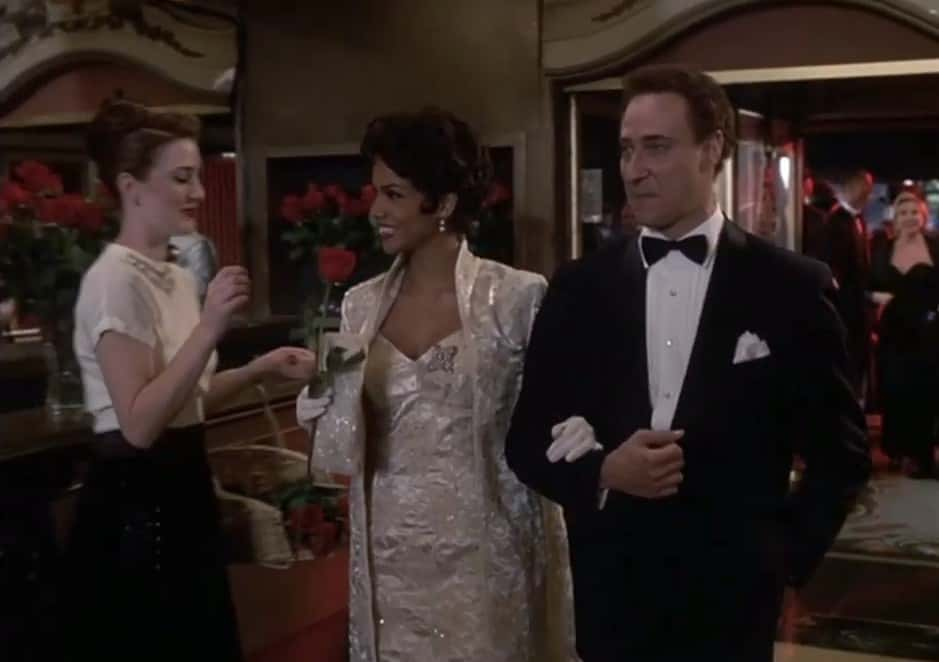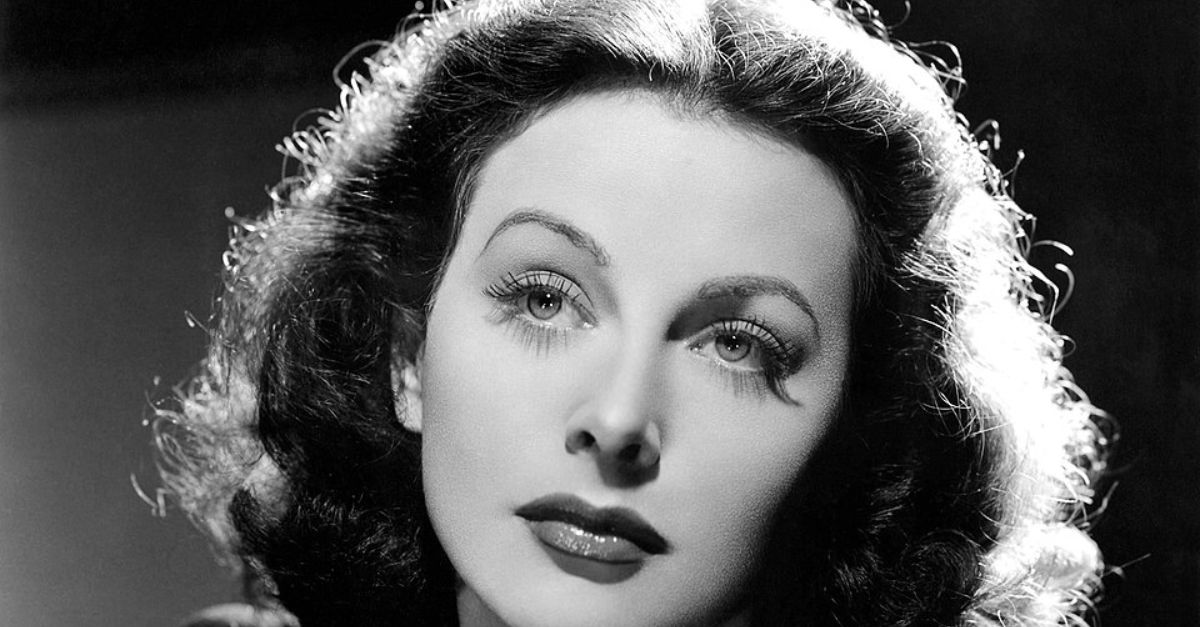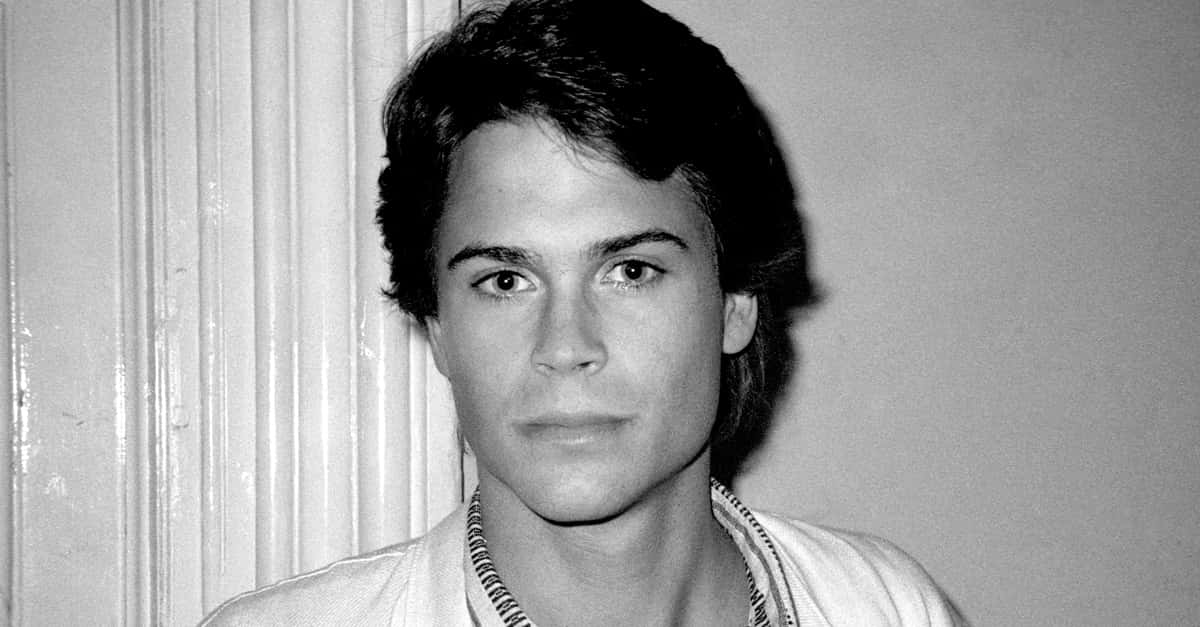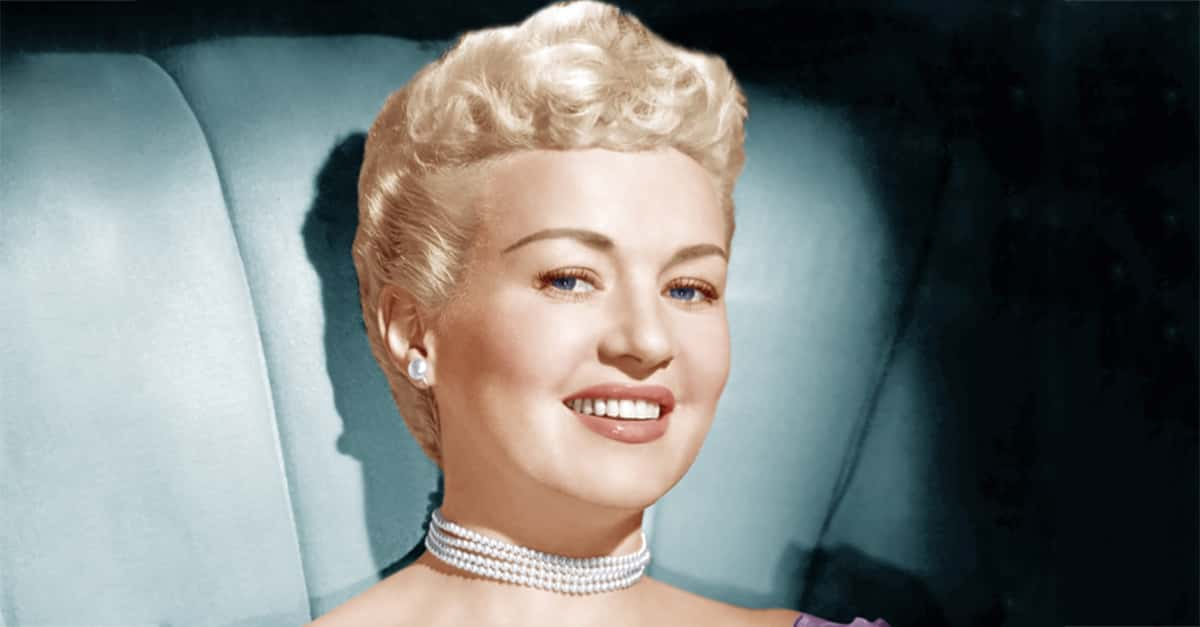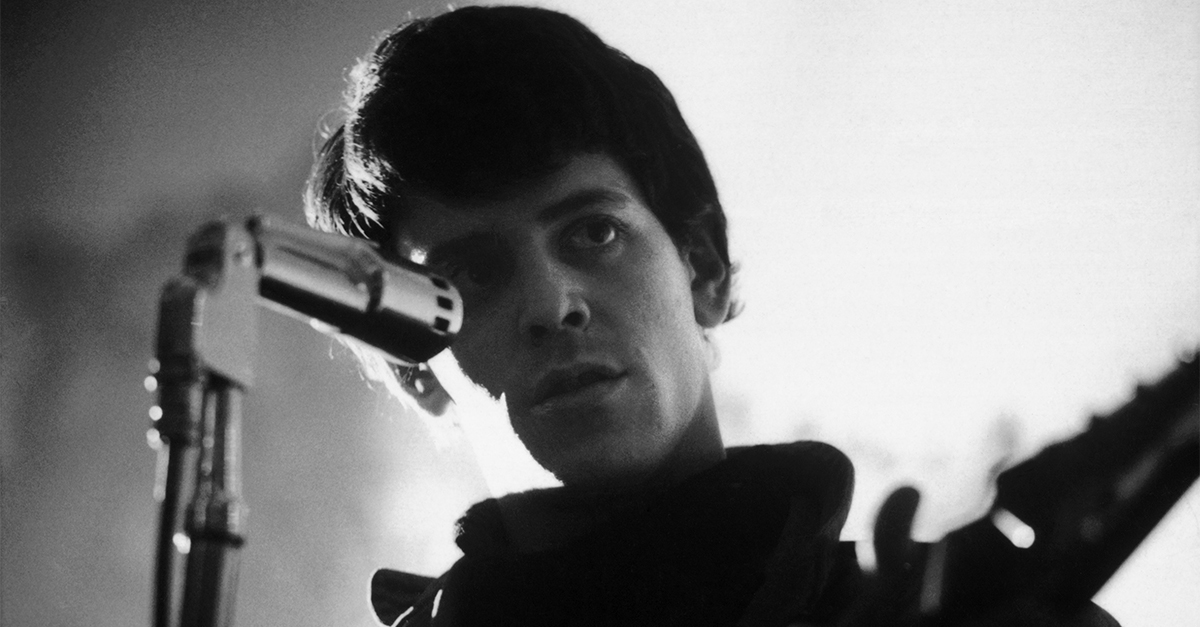Sad Hollywood stories are a dime a dozen, but the tragedy of Dorothy Dandridge feels unique. As one of the first black superstars of the screen and stage, Dandridge’s life was one of huge potential. She was a singer, actress, performer, and so much more, but how did the Academy darling rise and fall from grace? Let's dive into her devastating story...
1. She Was Meant For Stardom
It’s easy to say that Dorothy Dandridge was born to be a star. After all, her mother Ruby was a well-known actress and performer. Sadly, despite her family pedigree, the circumstances were against her from the very beginning. Well, that just meant that she’d have to become a fighter—and that’s exactly what she did.
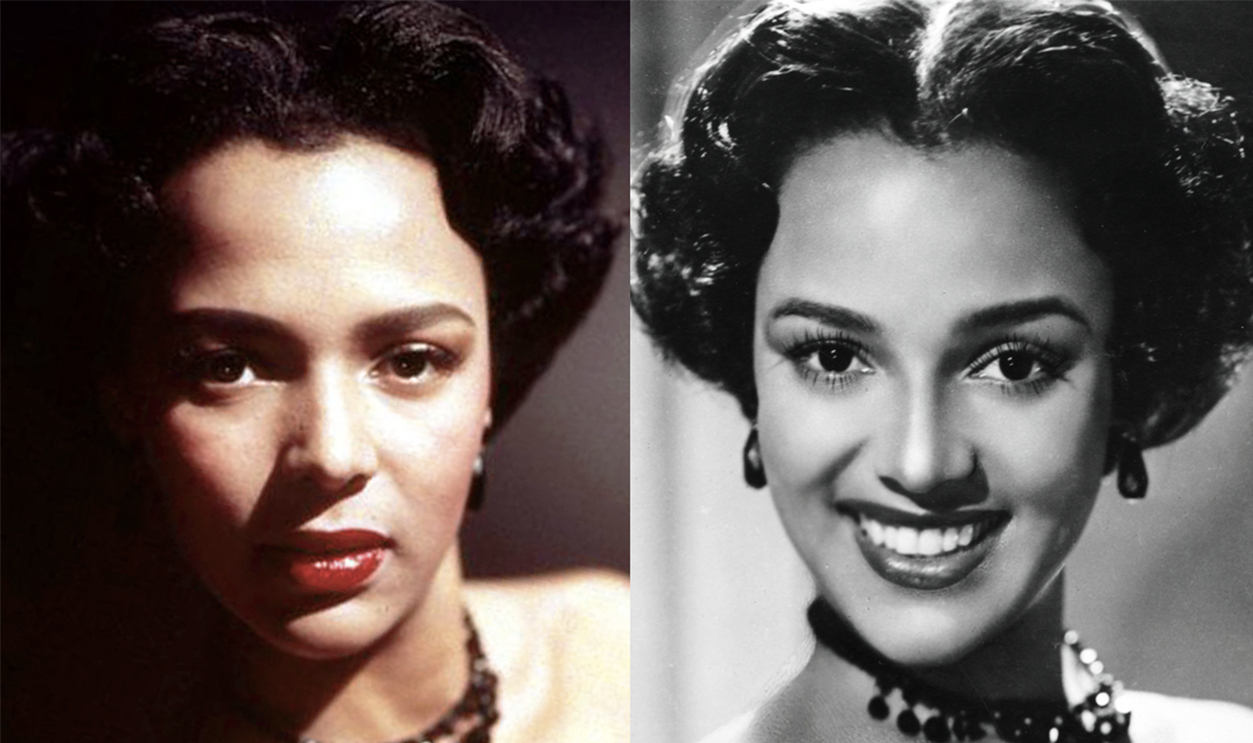
2. She Was Estranged From Her Father
The birth of a child is always a joyous event, but when Ruby Dandridge gave birth to Dorothy, she wasn’t in the best place of her life. Ruby had left Dorothy’s father just five months earlier, and had taken Dorothy’s older sister Vivian with her. She was now a single mother with two girls trying to make a showbiz career work. Ruby needed help—and soon enough, she found it.
3. She Was A Child Star
When Dorothy was still just a little girl, Ruby began to push her to perform with her sister under the name "The Wonder Children". She enlisted her friend Geneva Williams to help train them—but the pair were hiding a scandalous secret. Ruby and Geneva were actually lovers. Unfortunately for Dorothy and her sister, this relationship didn’t exactly instill a familial bond between them and Geneva.
4. She Had Two Stage Mothers
While Ruby was busy with her own career, she left Geneva in charge of Dorothy and Vivian—and that was when Geneva’s dark side came out. She had a horrible temper, which she often took out on the girls, and her attempts to discipline the girls could get physical. On top of that, there was the fact that the girls rarely attended school due to their intensive touring schedule.
It wasn’t a typical childhood—and it was only going to get more unconventional.
5. She Was In High Demand
By the time she was a teenager, Dorothy began getting small parts in films. Promoters at legendary clubs like the Apollo Theater and the Cotton Club were tripping all over themselves to book the Dandridge Sisters, as they were now called. At the Cotton Club, the pair met the Nicholas Brothers Dancing Team.
More specifically, Dorothy met and fell for teenaged dancing sensation Harold Nicholas. She was only 16—but this wasn’t just puppy love.
6. She Had To Leave Her First Love
Dorothy fell head over heels for Harold Nicholas, but she had to make a heartbreaking decision. Fame and success were beckoning—and she had to answer the call. The Dandridge Sisters set off for a long European tour, and Dorothy said goodbye to Harold. However, they were all in for a major surprise…
7. They Had Terrible Timing
It turns out that setting off for a European tour right then and there wasn’t exactly the best timing in the world. The Dandridge Sisters were in London during the Blitz, and had to take shelter with hundreds of strangers and wait out terrifying nights of noise and destruction. Ultimately, they cut the tour short and made a hasty escape back to the US, reuniting Dorothy with Harold Nicholas.
With that combination of success and young love, Dorothy was glowing with confidence—and ready to take her next steps.
8. She Broke Out On Her Own
Dorothy Dandridge was set on getting some independence. She began to drift away from her sister and concentrate on getting movie roles. And, although it sounds counterintuitive, marriage was one of the best ways for a girl to get out from under her family’s thumb back in those days, so she tied the knot with Harold Nichols in 1942.
It was a big change—but she was in for some even more unexpected surprises.
9. She Wanted To Break Out
Hollywood was producing very few films with rewarding parts for Black actors, but there was a whole other film industry running alongside it—much of which has sadly been lost to time. These were films for Black audiences featuring Black actors, who got credit for their work. Dandridge appeared in one, Four Shall Die, but it was a flop.
And even if it had been a success, it wouldn’t have been enough. She wanted a starring role and a contract with a big studio—and she wasn’t willing to compromise.
10. Her Husband Was A Dud
On the surface, Dorothy’s marriage to Harold Nicholas seemed like a dream come true—teen sweethearts who lived happily ever after. But behind the scenes, it was a nightmare. Soon after they tied the knot, Harold began to treat Dorothy coldly, and his eye began to wander. In fact, it did a lot more than wander.
11. She Thought It Was Her Fault
If he hadn’t been her first love, maybe Dorothy would’ve had the confidence to kick Nicholas to the curb. Instead, she blamed his terrible treatment on herself, and her inexperience in the bedroom. They weathered through the first year of marriage, and for a moment, it looked like they might turn things around—until their same old problems came roaring back.
12. She Couldn’t Rely On Him
Early in 1943, Dorothy Dandridge found out that she was pregnant. She prepared for the new addition to their family and hoped that it would bring her and Harold Nicholas closer together. Sadly, she was in for a brutal surprise. When the time came for her to give birth, she wanted Harold to be at her side…but he was nowhere to be found.
13. Her Childbirth Experience Was Terrifying
Okay, to be more specific, he was somewhere to be found—at the golf course. When Dorothy began to suffer labor pains at her sister-in-law’s house, Harold was off with the car playing golf. Dorothy insisted on waiting for him there before she went to the hospital. Eventually, she went and gave birth to a daughter, Harolyn—but considering the circumstances of the birth, it was clear that a baby wasn’t enough to save this marriage.
14. She Faced Disrespect From All Sides
Dorothy suffered through indignities day after day. Some came from her own home—her husband’s womanizing—while others came from the industry that she loved. She faced terrible racism, and her inability to break into mainstream Hollywood on her own terms stung. But those weren’t the only barrier that she had to face…
15. She Was Too Hot For The Screen
Dandridge wouldn’t settle for maid roles—and it finally paid off when she got the part of Melmendi, Queen of the Ashuba, in Tarzan’s Peril. It was a dream come true, but just as the film hit theaters, Dorothy found herself at the center of a racy controversy. Censors complained about the film’s "blunt sexuality" and her character’s revealing costumes.
Now, the film and her career were the ones in peril—but Dorothy just made it work for her.
16. She Had A Breakout Moment
There was so much ongoing coverage of Dorothy’s well, lack of coverage in Tarzan’s Peril that she soon became a household name. It landed her on the cover of Ebony magazine, which was a huge accomplishment. Her star was finally beginning to rise to match her ambition—but holding it all together was becoming increasingly difficult.
17. She Couldn’t Make It Last
By the time she made the cover of Ebony, it looked like Dorothy Dandridge had it all—but she was actually hiding a devastating heartbreak. After years of unhappiness and cheating, Harold had finally abandoned her and their child. She eventually filed for divorce, and the courts finalized it in 1951. Afterward, Dorothy picked herself up, ready to open a new chapter—and boy, did she make a splash.
18. She Found An Ally
For years, Dorothy had been under the guidance of her mother, her mother’s lover, or her husband. Now, she was adrift. She could’ve fallen victim to any of the shady Svengali types stalking Hollywood at the time—but in this instance, fortune was in her favor. Dorothy began to work with pianist Phil Moore. Whether he knew it or not, he soon became part of what I like to call the Dorothy Dandridge Path To Stardom Plan.
19. She Tried A Different Approach
Dorothy was definitely famous, but she still wanted more. Specifically, she wanted studio recognition and a starring role in a film. The smaller parts Dorothy was getting weren’t cutting it, so she changed her approach. With the help of Phil Moore, she took on a sultrier, sexy persona and booked nightclub gigs that would get her far more attention than any bit part.
It turned out to be a stroke of genius.
20. She Put Herself Front And Center
Since its opening in 1941, the Mocambo was the hotspot in Hollywood—and what better place to capture the attention of Hollywood bigwigs? After putting together an act with Phil Moore, Dorothy opened at the nightclub in May of 1951 and quickly caught the eyes of all the right people. She was such a hit that gigs at other legendary clubs all over the world followed—not that they were all as fun as they seemed.
21. She Suffered Under Segregation
During her nightclub performances, Dorothy Dandridge wore sparkling gowns and enchanted audiences with her every word. But when the stage lights came down, what she faced was as heartbreaking as it was ugly. Dorothy was performing in segregated venues. That meant that she wasn’t allowed to address anyone in the audience, or use any common areas of the hotel—be it the lobby, the elevator, or even the bathrooms.
While white stars used a fully decked-out dressing room, Dorothy—the star of the freaking show—had to use a storage closet. Facing the duality of those experiences performing soon took its toll.
22. She Didn’t Know How To Deal With It
Her name was up in lights and the white audiences she performed for clamored for her—but the indignities that she had to go through backstage simultaneously confounded her, broke her heart, and made her angry (me too, Dorothy). To dull the pain, she took the sad path of so many artists before her, and turned to pills and booze.
Still, she was so focused on her career that she was able to keep it all under control—but as we’ll see, that wouldn’t always be the case.
23. She Fell In Love
A little cocktail wasn’t the only thing that Dorothy used to mend her broken heart. She had plenty of famous fans, but when Peter Lawford came to see her show in Vegas with friends, he stood out. After her experience during WWII, she had a soft spot for an English accent—and Lawford had that, and charm to spare. The two quickly struck up a romance…but as you can imagine, they faced their fair share of difficulty.
24. They Tried To Make It Work
As they spent more time with each other and their bond deepened, Dandridge and Lawford had to face a heartbreaking truth. They were absolutely in love, but the happy little bubble they were living in couldn’t last forever. While they could trust close friends like Gary Cooper, they knew that there would be a media firestorm if they ever were to take their relationship public.
Still, Dandridge held out hope.
25. She Gave Up
In the back of her mind, Dandridge held out hope that Lawford would come out and ask her to marry him. But at the same time, she was realistic. They sat down and talked it out, only to come to a terribly sad conclusion. Continuing the relationship would only hurt, if not outright destroy, each of their careers, and they broke things off.
But, as we’ll see, some love stories never end.
26. She Hated Sin City
Despite the fact that she’d met Lawford in Vegas, Dorothy Dandridge hated the place. Sure, the gigs were lucrative—but the men were absolutely horrible. Still, she couldn’t say no to a paycheck or a chance to make connections. One night, a faceless flunky invited her to a party that studio exec Harry Cohn was throwing after one of her shows.
It seemed like a great opportunity—but she was in for a disturbing surprise.
27. She Refused A Powerful Man
When Dandridge showed up for the "party," she was irked to find that it wasn’t a party at all. Instead, she found herself stuck alone in a hotel room with Cohn, a man known as much for his predatory behavior as his Hollywood bona fides. He started to talk about all the ways he could help her career. She knew exactly what he was doing and what he expected. Well, she had a surprise for him too.
Dandridge got up and walked out. It could’ve been the end of her career—but luckily, she had friends to count on.
28. She Made Up For Lost Chances
It was after yet another show in Vegas that Dandridge met a new fan—blonde beauty Marie Wilson. Within minutes, they were friends. Within minutes of that, Wilson was dragging an editor for Life magazine backstage to meet Dandridge. Whatever opportunities had been lost rejecting Cohn were more than made up with her subsequent photo spread in Life.
This time, they caught the attention of the right people.
29. She Met Her Match
It was around this time that Dorothy’s press agent came up with a great idea—but it wasn’t about her career. No, she came calling because Dorothy was the most beautiful woman she knew. In fact, her stunning looks were only matched by another one of her clients, Harry Belafonte. She put two and two together—or really, one and one—and suggested they meet.
Sparks immediately flew…but there was just one problem.
30. They Were Too Alike
At the time, Belafonte was technically still married to his first wife. Still, by Dandridge’s standards, it was going a-okay for a low-key affair. When the cracks began to show…it was in a seriously hilarious way. Both Dandridge and Belafonte were hugely into psychoanalysis, and this shared passion soon turned every instance of bickering into a barrage of therapist’s lingo like "boundaries," "dependence," and "castration complex".
They ended their romance—but their professional partnership was actually just beginning.
31. She Appeared With Her Ex
In 1953, Dorothy finally got the part she’d been waiting her whole life for—a starring role in an MGM film, Bright Road. And she wasn’t playing a "mammy" or some exoticized vixen part. Dandridge was going to play a new teacher struggling to reach a troubled student. And in the role of school principal? None other than Harry Belafonte.
It was the beginning of a beautiful partnership—and the best was to come.
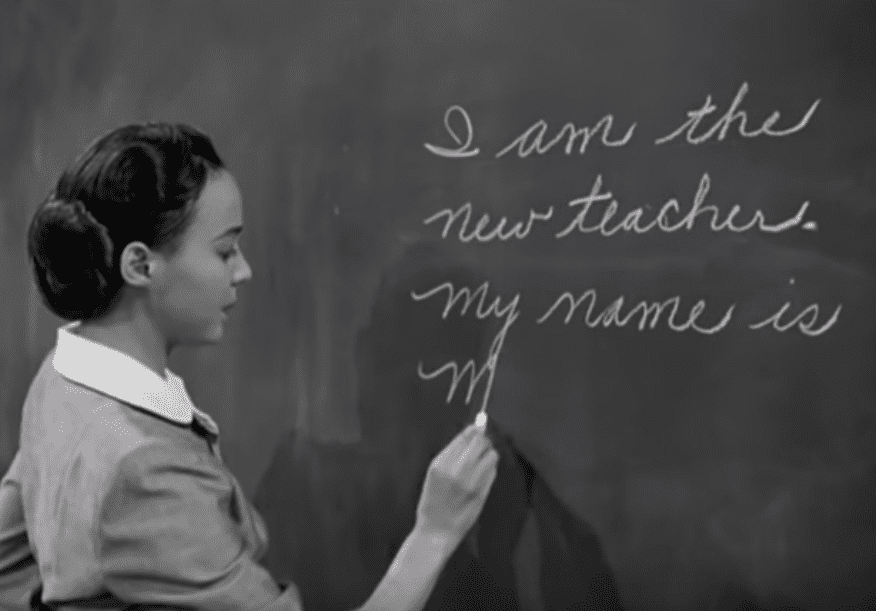 Bright road, Metro Goldwyn Mayer
Bright road, Metro Goldwyn Mayer
32. She Found Her Dream Role
Meanwhile, director Otto Preminger was making a highly-anticipated film adaptation of the opera Carmen. He was also in a seriously rebellious mood. Preminger had tangled with Hollywood censors and was ready to knock them off their feet. On top of that, he believed that there was a whole stable of talented Black actors out there who weren’t getting the starring roles they deserved.
Obviously, this was exactly the type of man who could take Dandridge into "superstar" territory. But first, she had to convince him.
33. She Fought For The Part
After her buttoned-up role in Bright Road, Preminger thought that Dandridge might be too refined for the lead role in his film. If there’s one reason to wish for another Dandridge biopic, it’s for the potential of a makeover montage right here. To convince Preminger that she was right for the part, Dandridge mussed up her hair, pulled down her shirt, and smeared her eyeliner.
And, well…it had the desired effect.
34. She Got Cold Feet
This was basically the most desirable starring role for a Black woman that Hollywood had ever come up with. Dorothy was thrilled, as was Preminger, so he made an announcement about it all. When it came to her career, Dorothy had never hesitated before—but at that moment, she panicked. The pressure was immense, and she worried that her performance wouldn’t live up to the film’s potential.
Her agent called Preminger and told him she was out—and now, it was his time to panic.
35. She Hooked Up With Her Director
Preminger rushed to Dandridge’s apartment to tell her that she couldn’t back out, and that he had every confidence in her ability. Eventually, he talked her off that ledge—but that wasn’t the only thing that happened that night. With the issue of the film settled, the conversation took a turn, and before long, Dandridge and her director were locked in a steamy embrace.
And it wasn’t just a one-night stand, either.
36. She Was A Huge Success
Dandridge and Preminger kept the flame going throughout the filming and release of Carmen Jones—despite the fact that Preminger was married. And they didn’t exactly hide their romance, either. Luckily, their not-so-conventional relationship didn’t interfere with the film or its publicity. It was a massive success when it came out, and when asked why, people could only utter one name: Dorothy Dandridge.
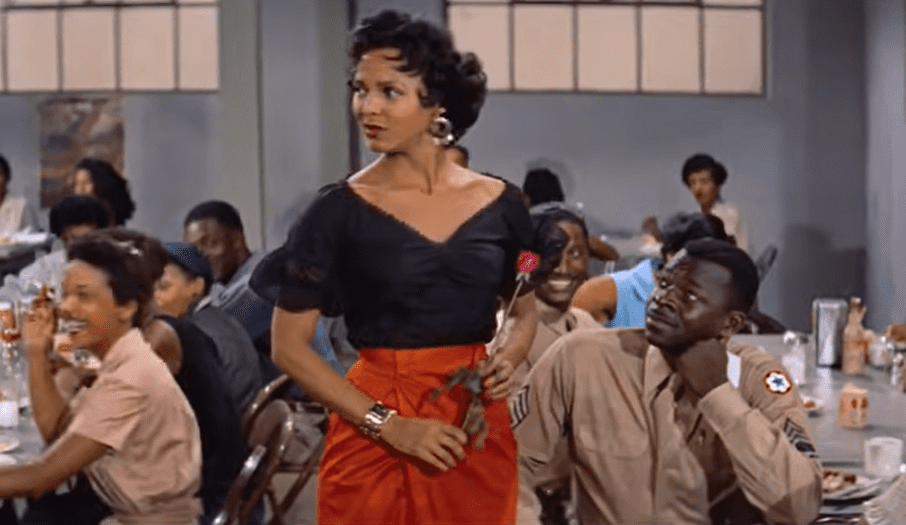 Carmen Jones (1954), 20th Century Fox
Carmen Jones (1954), 20th Century Fox
37. She Made History
Carmen Jones didn’t only exceed expectations. It made history…and so did its star. Dandridge became the first Black woman to make the cover of Life magazine—but that was just the start. She finally got her coveted studio deal, three films starting at $75,000 each. And then, there was the cherry on top of it all.
The Academy nominated Dorothy Dandridge for Best Actress, making her the first Black actor to be nominated in a leading role. It was an incredible accomplishment—and as the big night approached, the pressure was on.
38. She Didn’t Get Her Due
The competition was fierce on the night of the 27th Academy Awards. Dandridge was up against Jane Wyman, Audrey Hepburn, Grace Kelly, and Judy Garland. Ultimately, she lost to Kelly—but one thing is for sure: Dandridge’s livewire performance has withstood the test of time. Despite her loss, it still seemed like Dandridge was on top of the world.
But, as we all know, appearances can be deceiving.
39. Her Lover Was A Terror
Preminger may have directed Dandridge to great success in Carmen Jones—but their professional victory hid fact that the director had a disturbing dark side. On set, he was so temperamental and tyrannical that actors nicknamed him "Otto the Terrible" and "Otto the Ogre". Sadly, this behavior extended to his personal life—meaning that Dandridge was in the line of fire 24/7. But Otto the Ogre was just one of the many problems that popped up after her Oscar nomination.
40. Her Sister Vanished
Dorothy had stayed close with her sister Vivian, and even brought her to the Oscars in 1955. But then, the next year, Vivian moved away and stopped taking calls from friends and family. Dorothy was especially distraught, and even hired a private detective to track her sister down. What they found provided more questions than answers.
Vivian had been working in the South of France and living in New York City, but there was no apparent reason for her strange behavior. Their relationship suffered greatly—and it wasn’t the only one.
41. He Steered Her Wrong
Otto Preminger had helped lead Dorothy Dandridge to great success with Carmen Jones, so it’s no wonder that when it came time for her to make a follow-up film, she turned to him for guidance. Unfortunately, it was a dire mistake. Much like Dandridge, Preminger had high standards—but his might honestly have been too high.
Every time the studio approached her about a film, he told her to hold out for something better. Unfortunately, this is where her luck began running out.
42. She Had A Bad Reputation
The studio came to her with two roles in surefire hits. On top of that, one of them was a part where she would have been playing a slave. When Preminger got wind of it, he insisted that she only take leading roles. This unfortunately gave her the career-ending reputation of being "difficult". They tried hard to find something for her that fit—but as they struggled, she began to lose momentum.
43. They Didn’t Approve
Preminger’s exacting behavior wasn’t the only issue in their relationship. In 1955, Dandridge found out that she was pregnant with the director’s child. It should’ve been happy news—but both Preminger and the studio were horrified. They insisted that she end the pregnancy, which she did. It also forced her to face the fact that Preminger had no intention of leaving his wife for her.
Just like in her situation with Lawford, there was the understanding that an interracial relationship would be a career destroyer.
44. The Tabloids Targeted Her
Sure, an affair with a married director was scandalous—but for Dandridge, the worst scandal was yet to come. At the height of her fame, Confidential magazine published a story titled "What Dorothy Dandridge Did in the Woods". It detailed an alleged encounter between her and a white bandleader that had taken place in 1950.
Dandridge was furious—and she wasn’t about to take the defamatory accusation sitting down.
45. She Didn’t Let Them Get Away With It
In 1957, Dandridge became part of a landmark case when she sued Confidential and its parent company for libel. While she settled for $10,000, her quest for vengeance didn’t stop there. Dandridge also testified in a judicial trial against them, and outlined how it would have been impossible for her to sneak off with a bandleader since segregation laws made it so that she couldn’t leave her hotel room.
It was her evidence that helped prove that Confidential had committed libel. It seems like a small victory, but it actually changed the way that gossip papers operated in Hollywood.
46. She Made A Comeback
1957 saw another triumph for Dorothy Dandridge, as she returned to the screen in Island in the Sun, following a three-year absence. It was a win, but a restrained one. While the film did take the risk of portraying an interracial relationship, the censors took out almost every love scene. Plus, while the movie was a huge success, it hadn’t been a starring role.
Other films came up, but they didn’t have the cachet that Dandridge wanted. She would have to wait two more years for that.
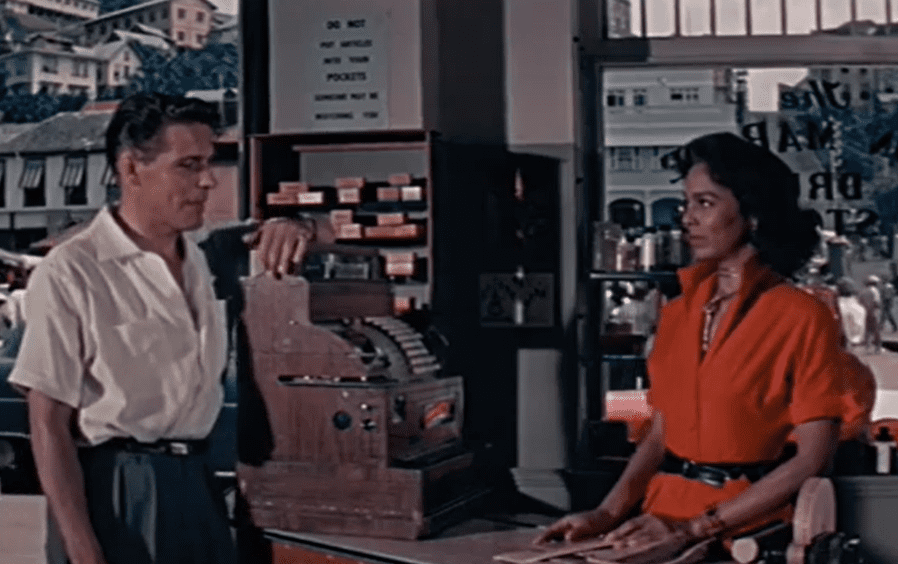 Island in the Sun (1957), 20th Century Fox
Island in the Sun (1957), 20th Century Fox
47. She Finally Got Another Starring Role
The film adaptation of Porgy and Bess was hot property in Hollywood—at least for producers. However, when it came to casting, the reaction was cold as ice. Black actors just weren’t interested in it, thanks to the negative portrayal of its Black characters. Samuel Goldwyn had to offer Sidney Poitier $75,000 and then threaten him with breach of contract to do it.
With Dandridge, he just had good timing. She hadn’t starred in a film since Carmen Jones. Despite her disinterest in the movie, she agreed to play Bess—but she was in for a surprise.
48. Her Ex Showed Up On Set
Dandridge had recently ended her affair with Preminger, and hoped that the film would provide a distraction from her heartbreak. Well, when Goldwyn came into conflict with the original director of the film, guess who he chose as a replacement? Otto Preminger. Immediately, he informed Dandridge that her performance wasn’t great and that she needed coaching.
Gee, what a guy. Too bad those two lovebirds broke up, right?
49. They Couldn’t Turn It Around
A big-budget film with an acclaimed director and co-star should’ve shot Dorothy Dandridge right back into superstardom—but the movie really was doomed from the start. It took a long time to make and cost a lot of money. On top of that, a fire destroyed the sets and costumes partway through production, and they all had to be replaced.
By the time it made it to screens, its fate was sealed. Porgy and Bess was a flop.
50. She Was Stuck In A Bad Cycle
Dandridge’s next film appearance would sadly be her last. She took a break to get back on stage and make some money—but that break unintentionally turned permanent. Dandridge’s abusive relationship with Preminger had worn on her and she was more dependent on pills and booze than ever. As a result, her health was suffering.
It was like a terrible chain reaction—due to her poor health and substance issues, her performances were lackluster. Her popularity suffered, her debts grew…and the cycle repeated itself.
51. Her Second Husband Was The Worst
Dandridge had also fallen in love again, this time with a man named Jack Denison. After so many failed affairs with men who wouldn’t take any risks to be with her, it seemed like she was finally getting her fairy tale. In reality, it was actually a horror story. Denison was a bad guy. Not only was he violent, but he was also quite the shady character.
On top of that, Dandridge’s heartbreak over the end of her relationship with Preminger had left her an empty shell. Now that Denison had latched onto her, it looked like he was going to suck her dry.
52. He Took Everything From Her
All that Dandridge had left to support herself was her nightclub appearances—but Denison even took that from her. He wanted her to perform at his restaurant, but it wasn’t on the same level as the clubs she normally performed in. As a result, demand for her at those types of places disappeared. Dandridge had a nest egg—an oil investment—but even that blew up in her face.
It turned out to be a scam, and she was left absolutely broke.
53. She Was On A Dark Path
Dorothy Dandridge tried to pull herself out of the hole she was in and doctors treated her for depression. Still, she struggled with substance misuse and her health was failing. On top of that, she was terrified of Denison. In the depths of it all, Dandridge tried to take her own life not once, but three times. Her family and friends were scared for her—but Dandridge was the only one who could save herself.
54. She Tried For A Comeback
In the early 60s, Dorothy Dandridge gathered all the fight she had left in her, divorced Jack Denison, and made plans for a comeback. She started with some gigs in her least favorite city, Vegas, and then made plans to start acting again. This plan was boosted with some talk show appearances and even talk of a book.
It was on one of those TV shows where she made a shocking revelation.
55. She Told The Truth About Her Daughter
On The Mike Douglas Show in 1963, Dorothy Dandridge made a heartbreaking admission, finally revealing the devastating secret she’d been keeping hidden for years. Her daughter, Harolyn, or Lynn, had been born with massive brain damage. Lynn couldn’t speak and didn’t have the capacity to recognize Dandridge as her mother.
She needed constant care, and Dandridge had long employed a caretaker, but never spoke about her daughter publicly until that day. And that’s not the saddest part.
56. She Blamed Herself
On the day that Lynn was born, Dandridge had delayed going to the hospital because she’d wanted to wait for her husband to take her. Ultimately, because of the delayed birth, doctors had to use forceps on Lynn, and Dandridge believed that’s what had caused the brain damage. Whether it was legitimate or not, Dandridge carried the guilt over her daughter’s condition with her every day.
As her substance misuse got worse, friends and family speculated that the root cause was the guilt Dandridge felt. And when she lost her money, the situation got even worse.
57. She Couldn’t Support Her
Dandridge had spent 20 years working to make money so that she could properly take care of her daughter. But then, her investment blew up in her face and she found herself penniless. She had to move out of her home, as she could no longer afford it—and that's when her daughter’s caretaker showed up on her doorstep with Lynn and left her. Dandridge didn’t have the ability or means to take care of Lynn, and had to admit her to a state mental institution.
This brutal setback only left Dandridge more bereft. She hoped that her comeback would put her back in a financial place where she could get proper care for Lynn—but it wasn’t meant to be.
58. She Struggled To Make Her Comeback
Dandridge was rehearsing for her tour when she injured her foot. It was bad enough that she had to cancel dates—and she once again lost momentum, just as she had after her starring turn in Carmen Jones. Heartbroken, Dandridge turned back to pills and booze, as she had so many times before. She still had one more chance—a gig in New York, and she seemed determined to get there.
Sadly, she never made it.
59. She Was Acting Strange
The night before Dandridge was going to go to New York, she made one final, bizarre phone call to a friend. What she said was utterly chilling. Dandridge apparently sang Barbra Streisand’s "People" in its entirety over the phone, then, right before she hung up, she whispered, "Whatever happens, I know you will understand".
Her friend was perplexed and worried—and the next morning, that feeling only intensified.
60. The World Lost A Star
Just a few hours later, Dandridge’s manager Earl Mills entered her apartment. He found her undressed, cold, and unresponsive. Dandridge passed on September 8, 1965. She was only 42 years old. No one knew what happened in her final hours. Friends and family hoped that an autopsy would help answer their desperate questions. Sadly, they were in for a disappointment.
61. The True Cause Is Unclear
There are conflicting stories about what caused Dandridge’s passing. A pathology institute has argued that a fatal dose of imipramine (an antidepressant) caused it. However, the Los Angeles County Coroner’s Office had insisted the cause was a fat embolism, caused by the fateful injury on her right foot. The exact circumstances of her sudden, tragic demise remain a Hollywood mystery.
However, some of those who’d been closest to her came up with their own theories. They believed that her abusive second husband, Jack Denison, had taken her life.
62. He Was Grief-Stricken
While her funeral was small, most (but not all) of Dorothy Dandridge’s nearest and dearest were there—including her lost love, Peter Lawford. Not only did he act as a pallbearer, but he was actually supposed to give a eulogy. And although he’d been briefly married in the intervening years, it quickly became clear that Lawford’s feelings for Dandridge had never dimmed.
Lawford actually became so upset at the memorial that he wasn’t able to speak.
63. Her Sister Never Got Over It
Lawford wasn’t the only one who was incredibly distraught at Dandridge’s passing. After her sister Vivian’s short disappearance the decade before, Dorothy and her had never been able to repair their relationship. She’d occasionally sent her sister and nephew money. However, at the time of Dorothy's passing, they still weren't speaking. Vivian was so upset that she was unable to attend the funeral. After that, she retreated from the public eye forever.
64. She Became An Icon
Dorothy Dandridge passed in the 1960s, but it wasn’t until the 1980s that mainstream Hollywood acknowledged her contribution to the canon of Black history. In addition to Halle Berry, performers like Janet Jackson, Whitney Houston, and Angela Bassett have all publicly acknowledged Dandridge’s groundwork in establishing a place for Black women in American film.


